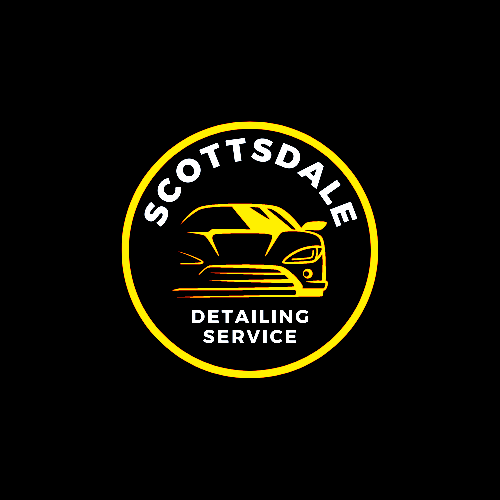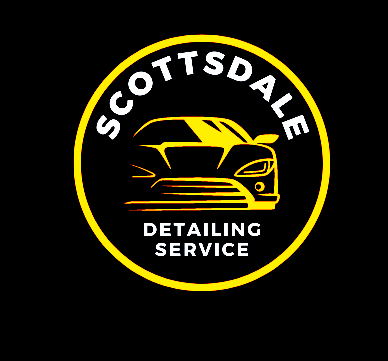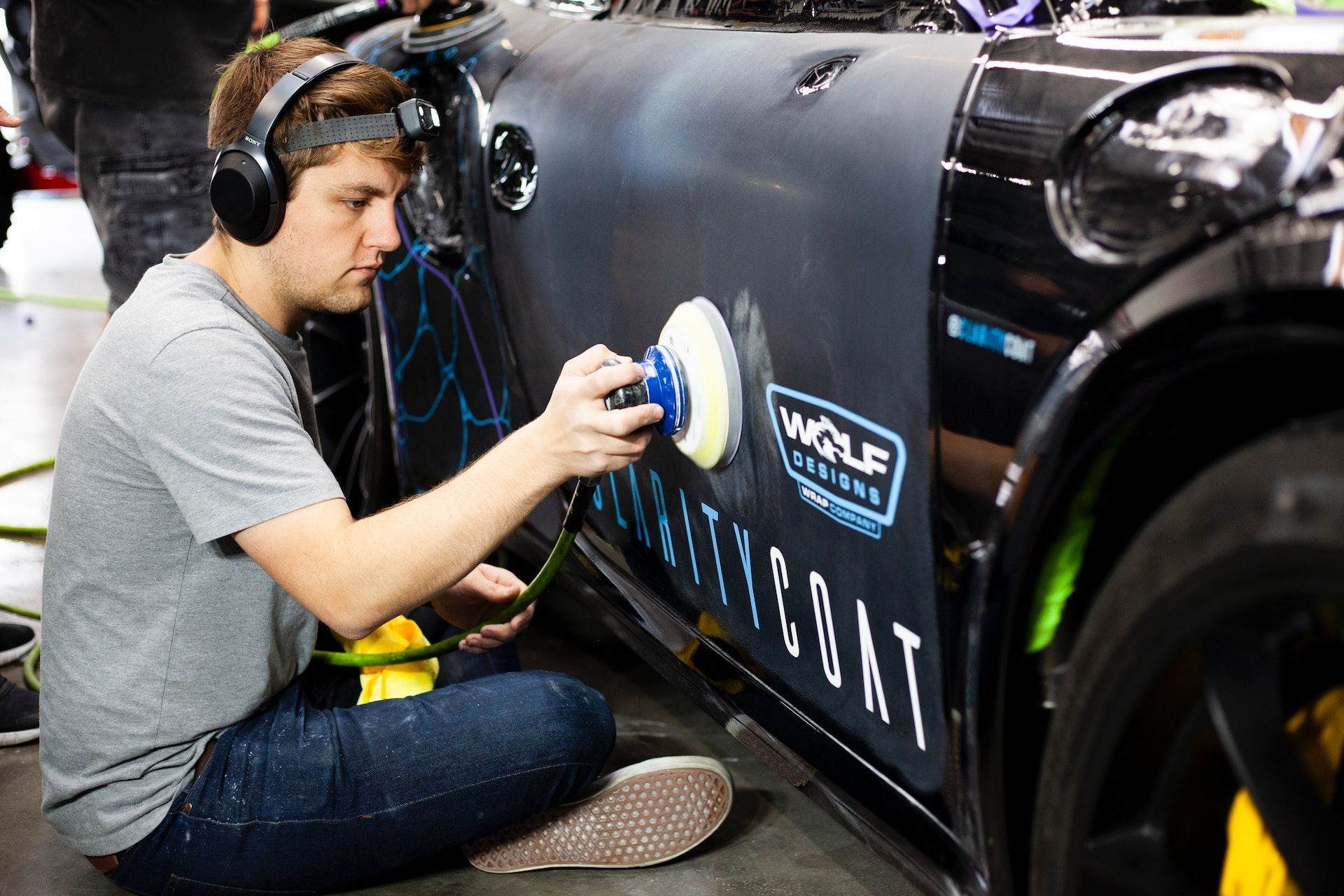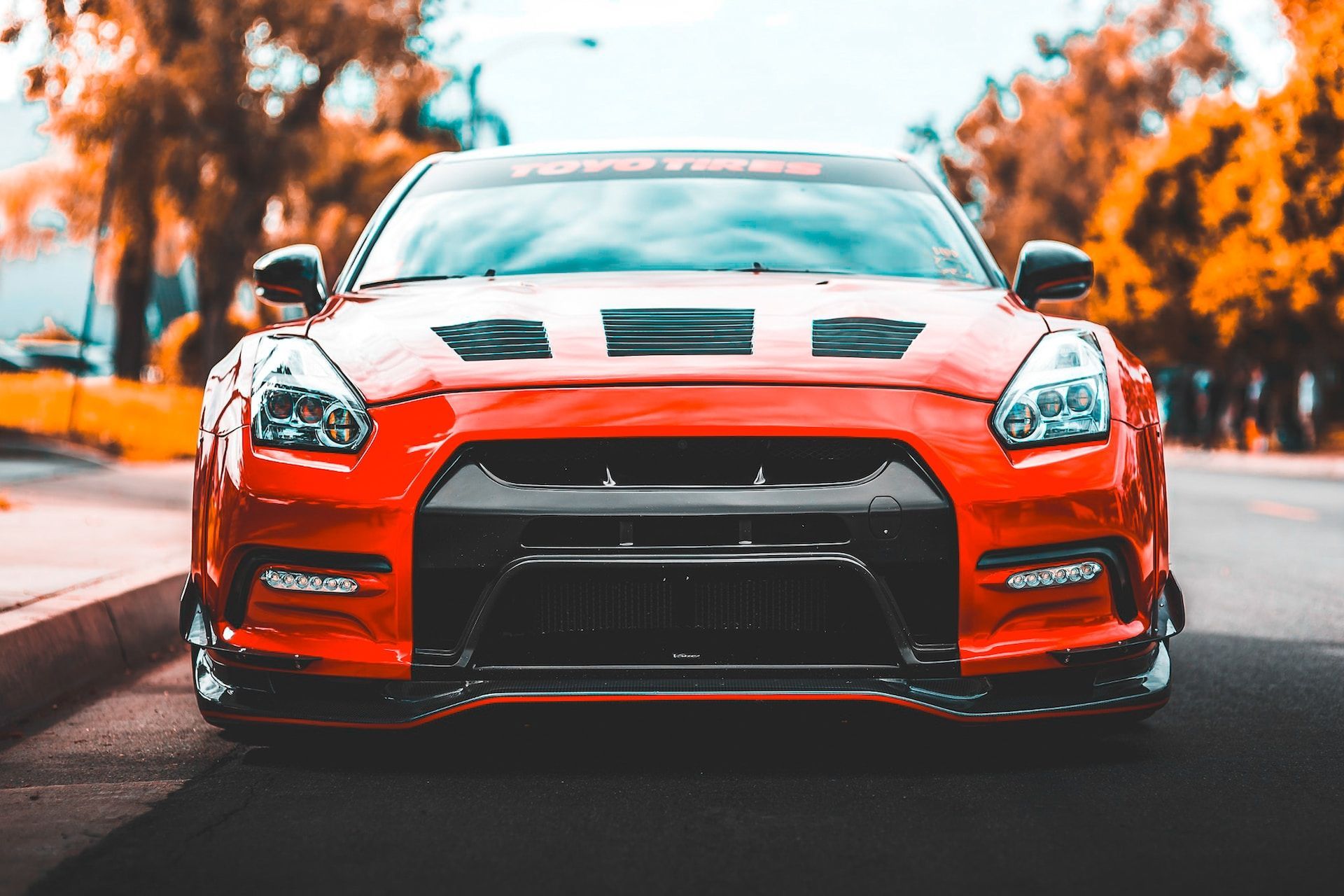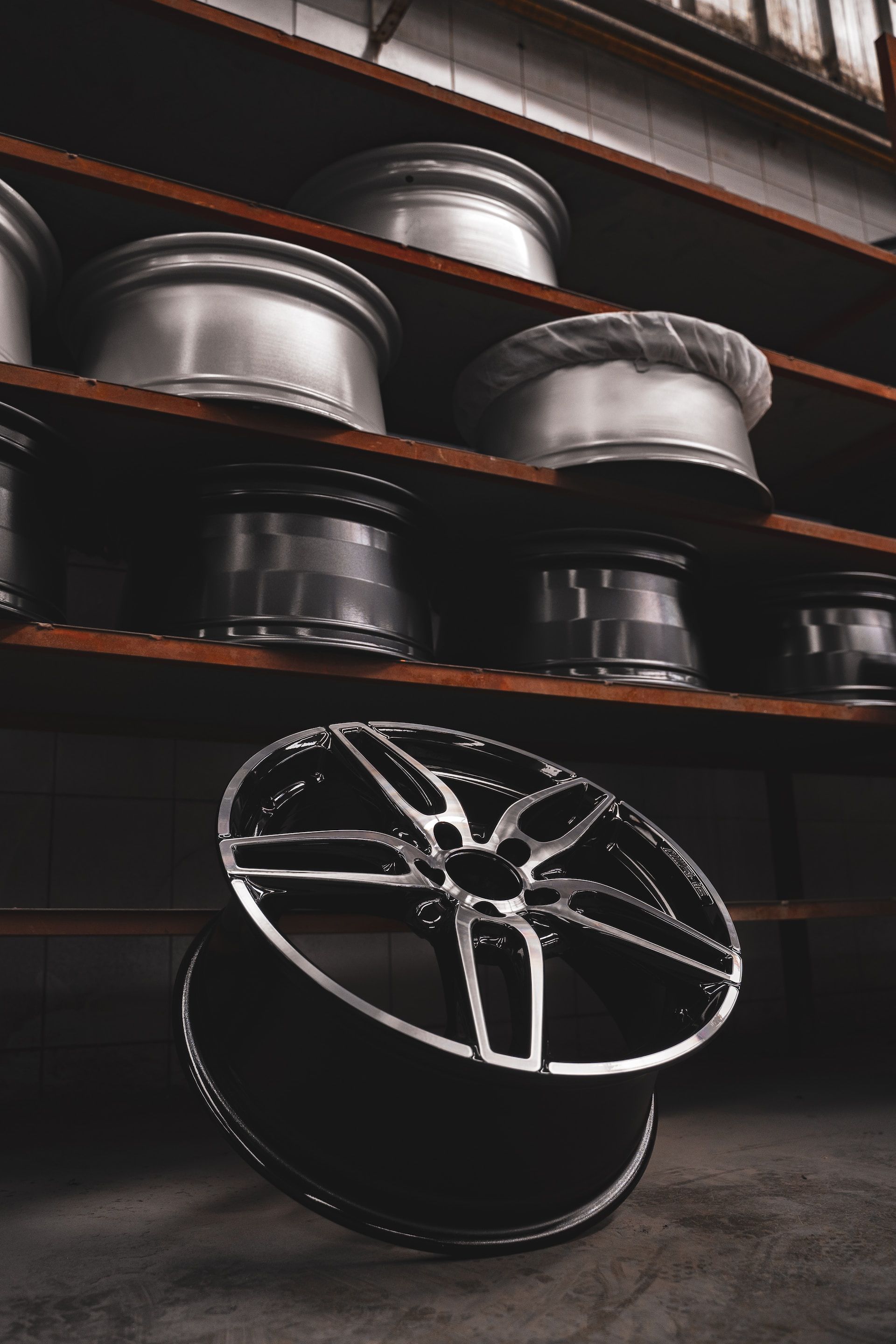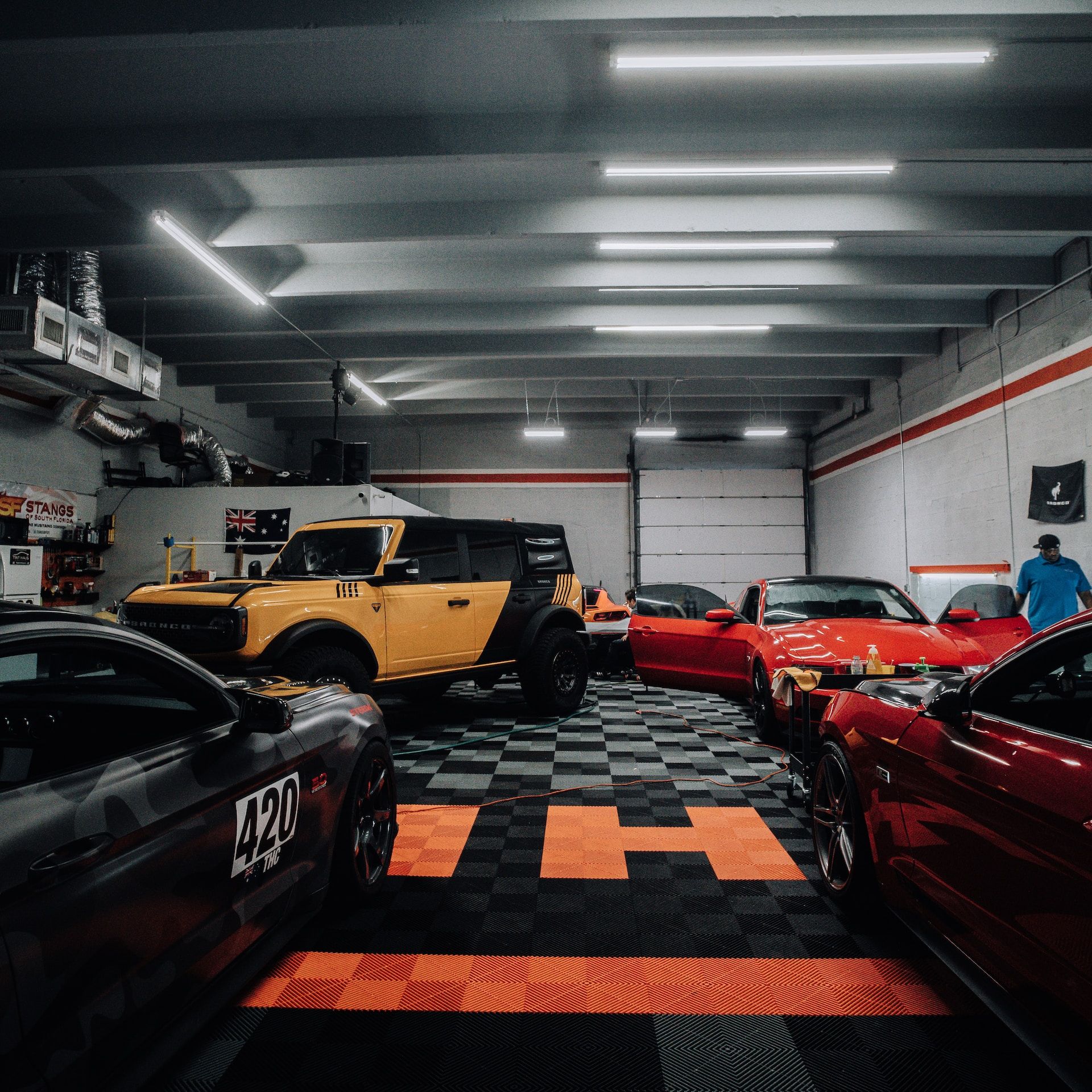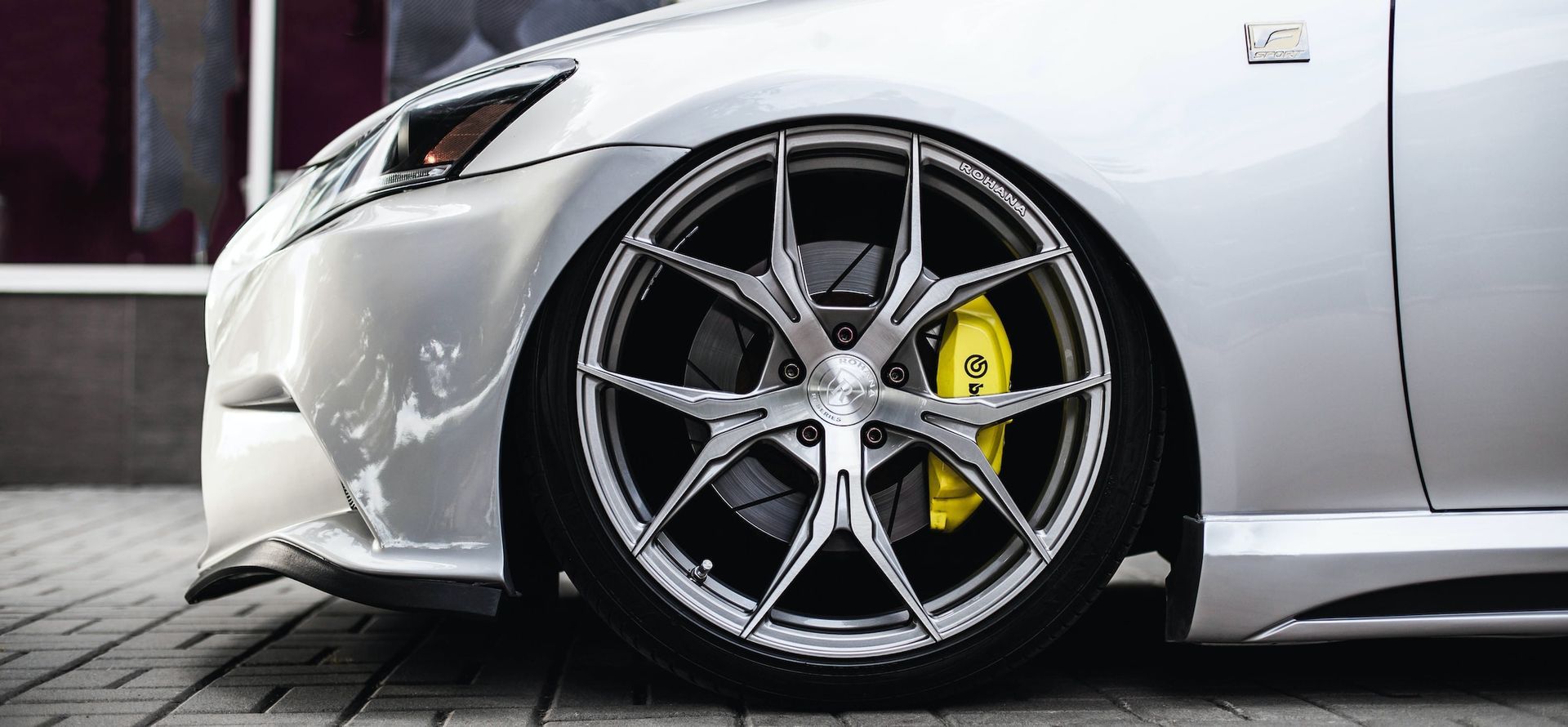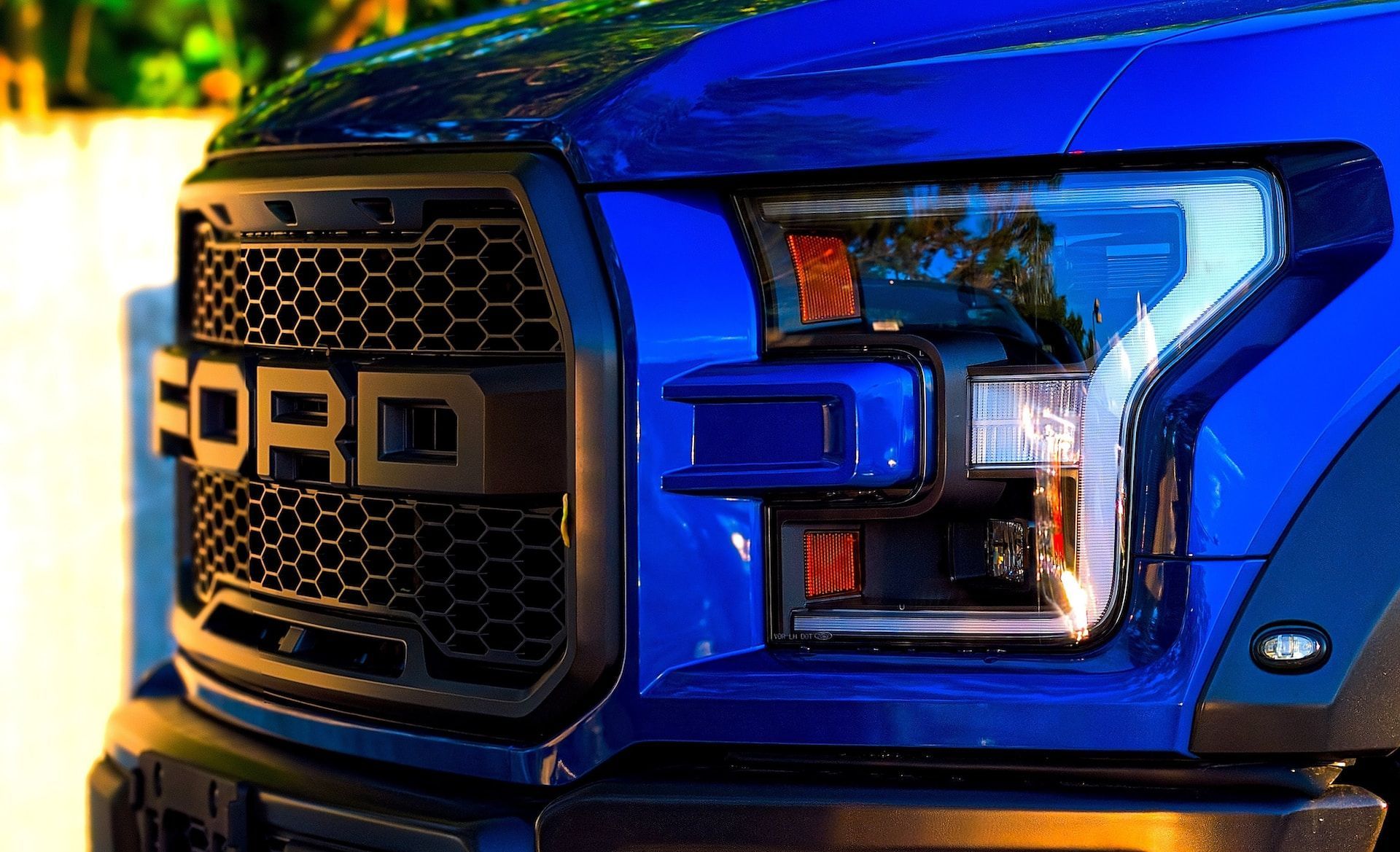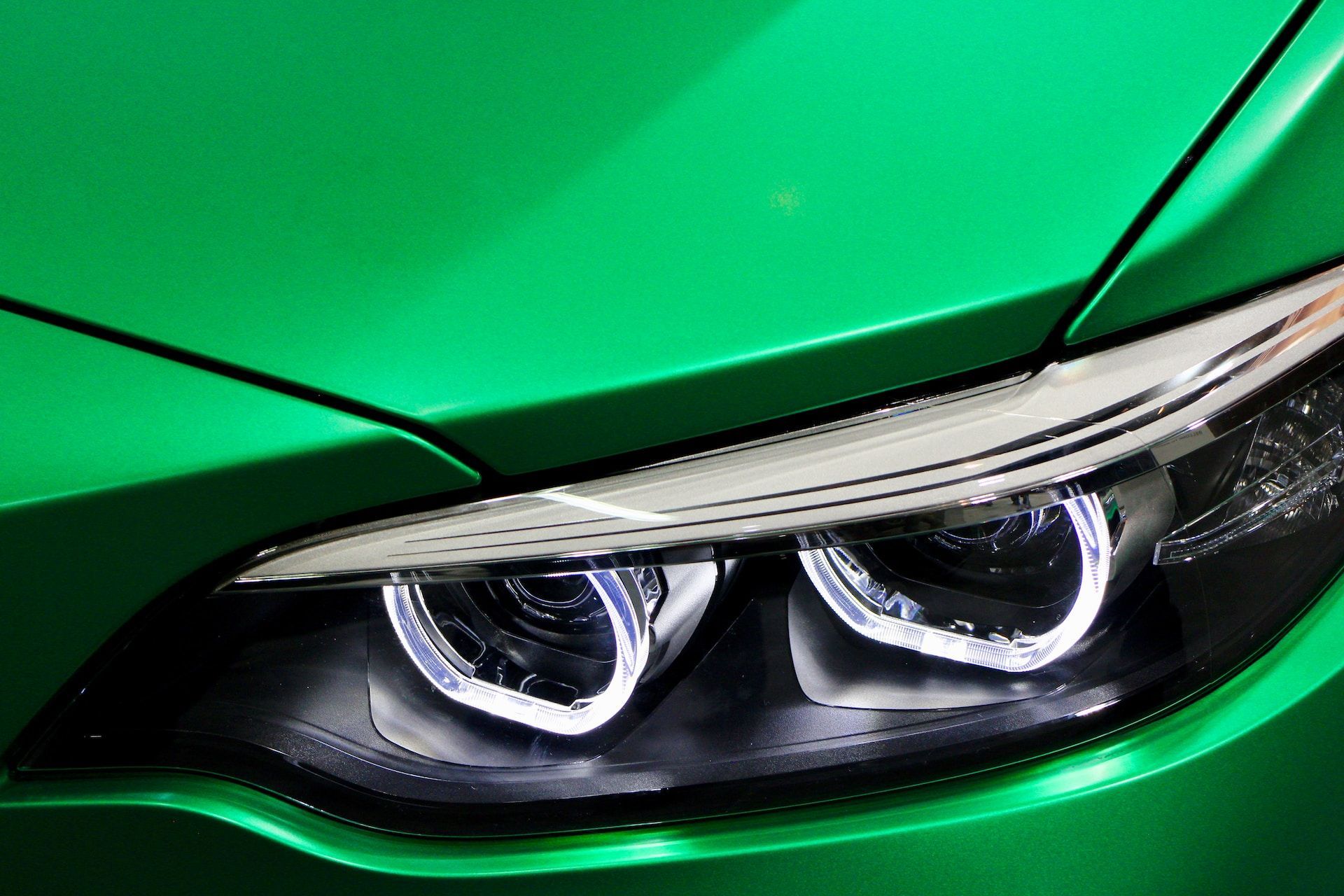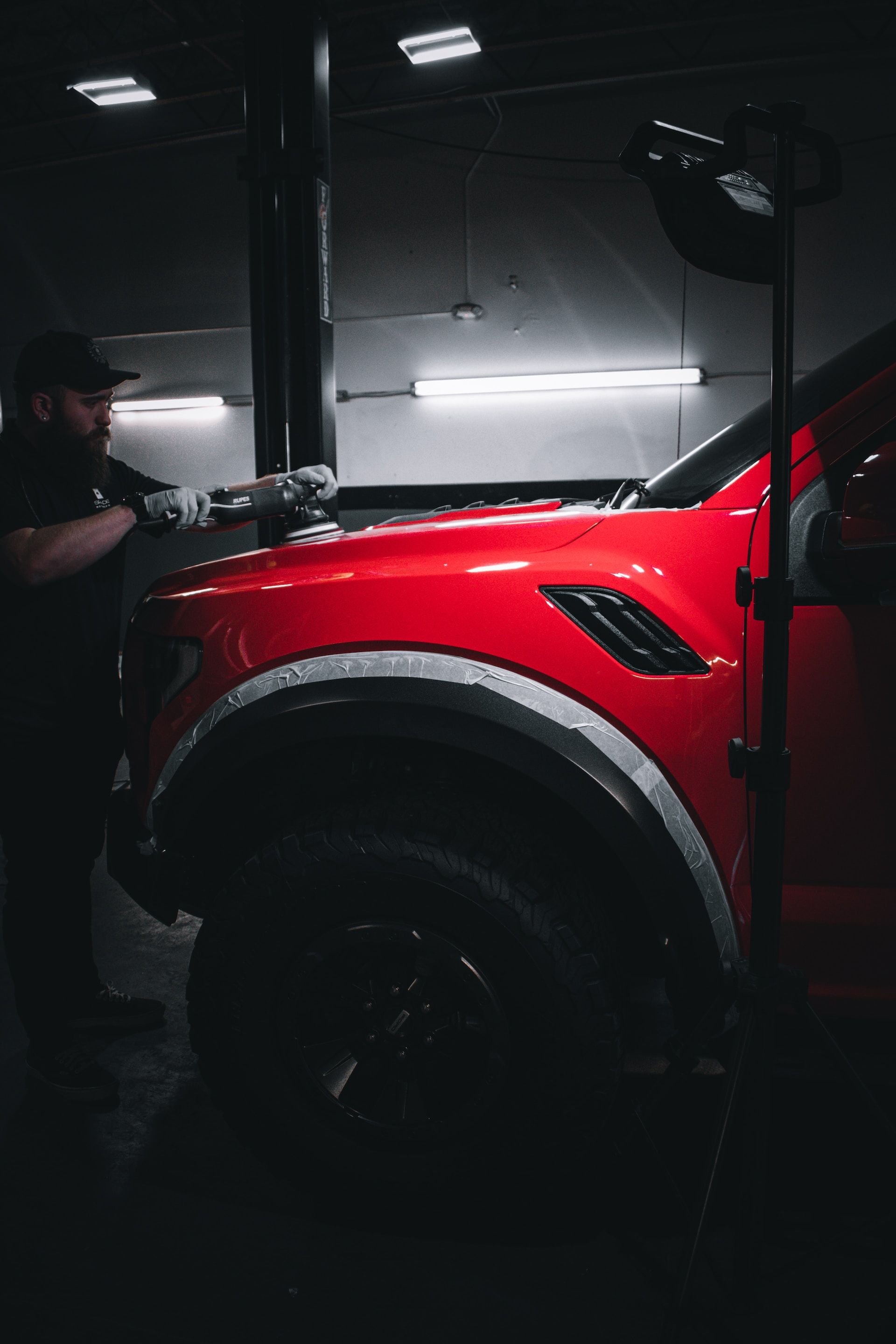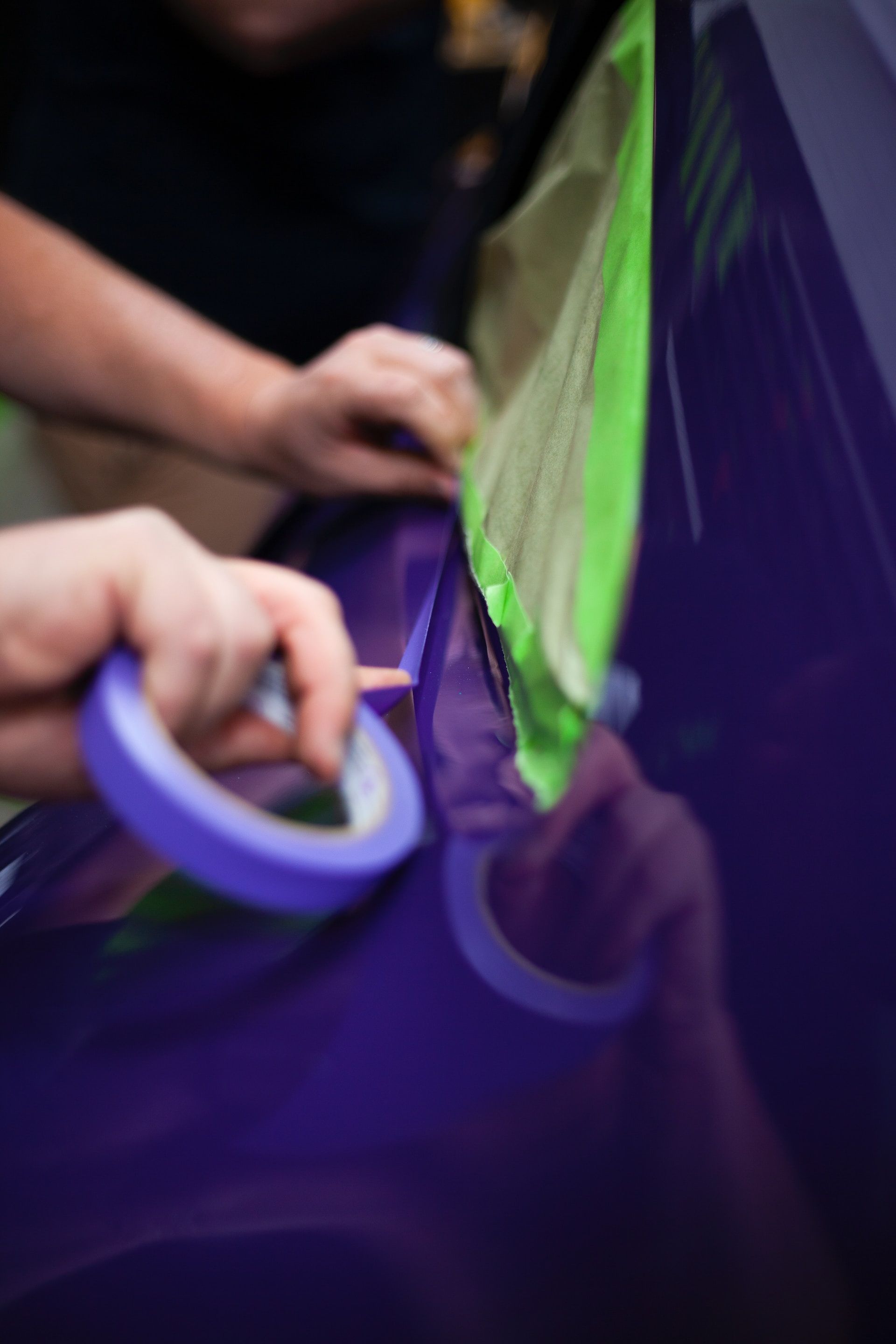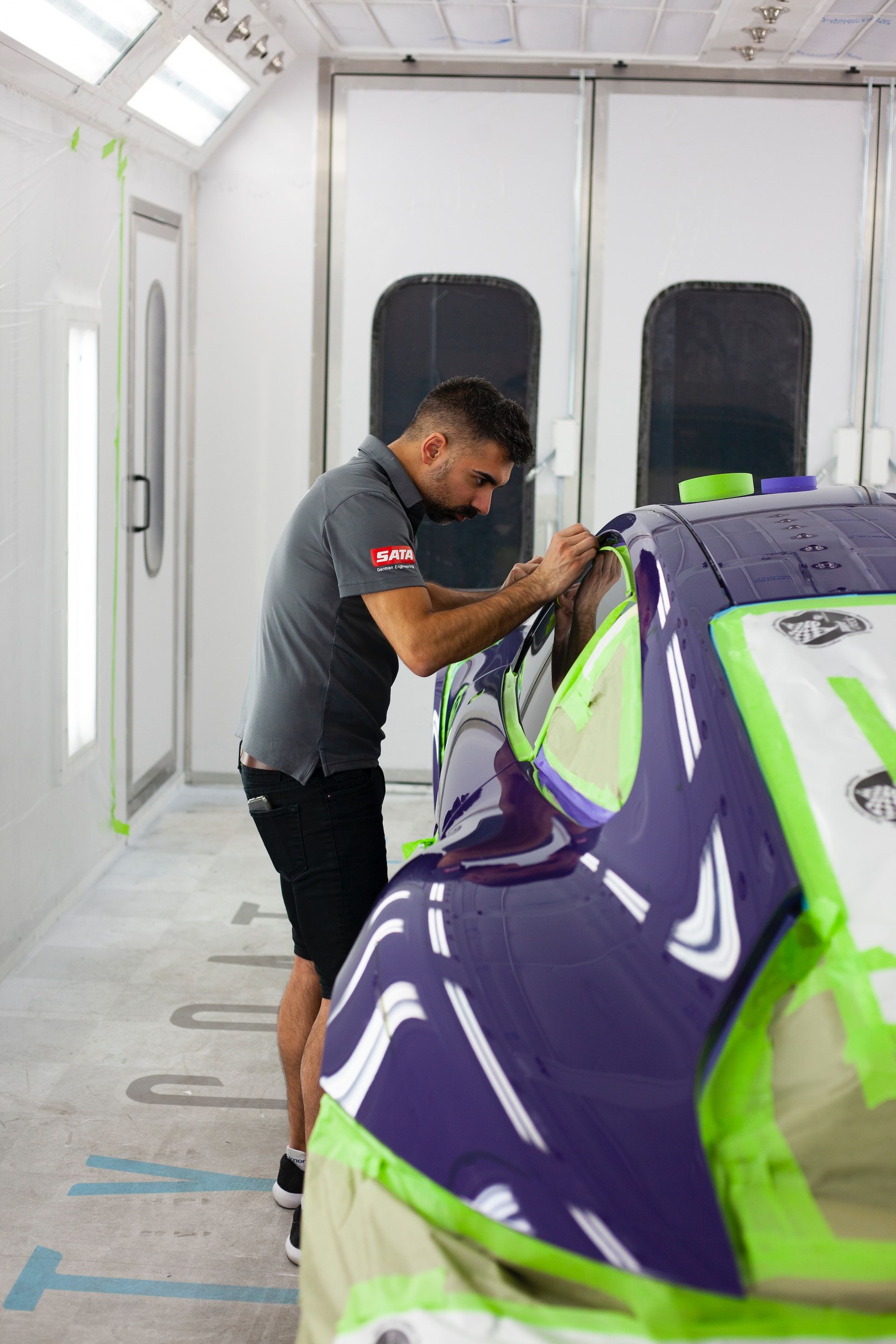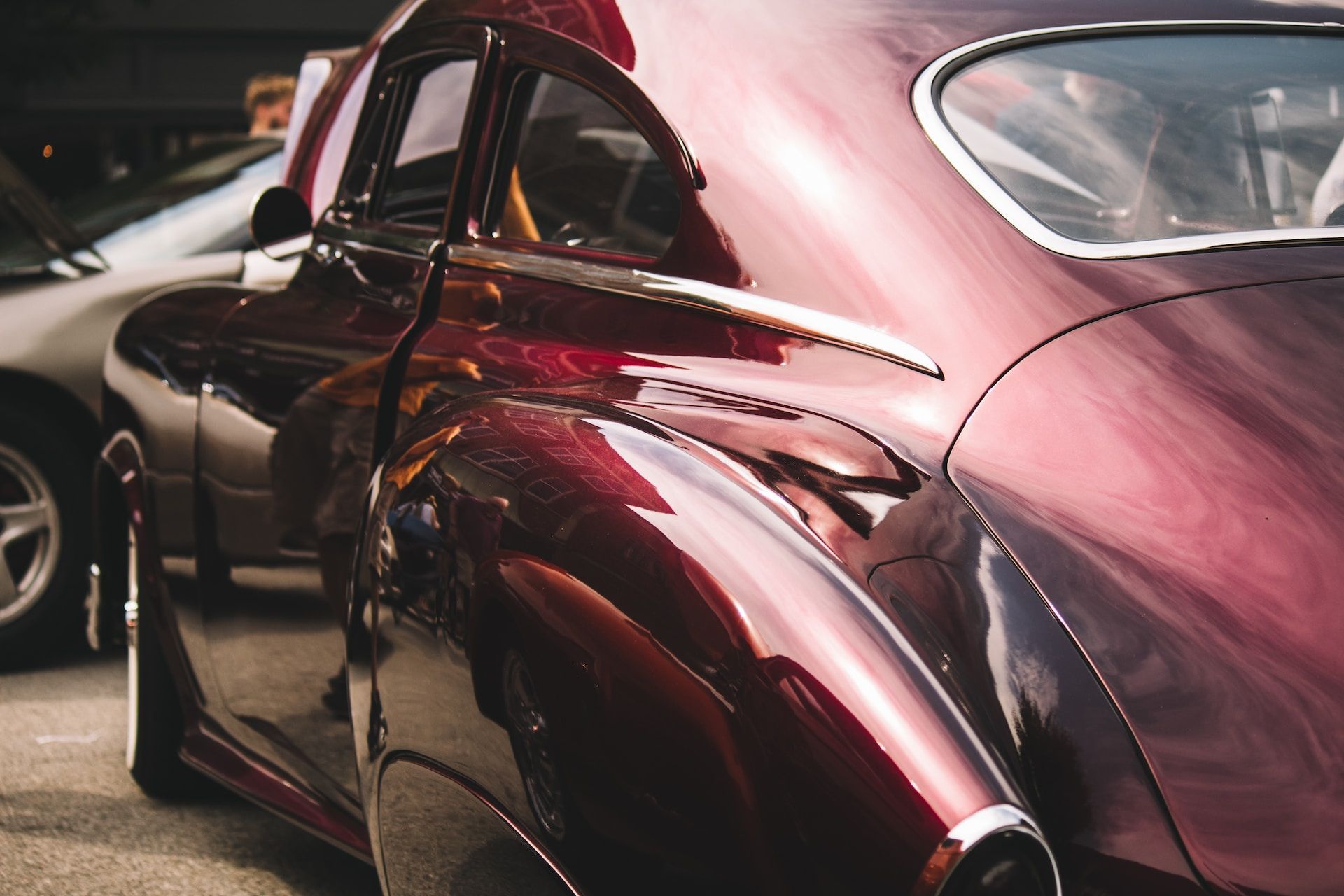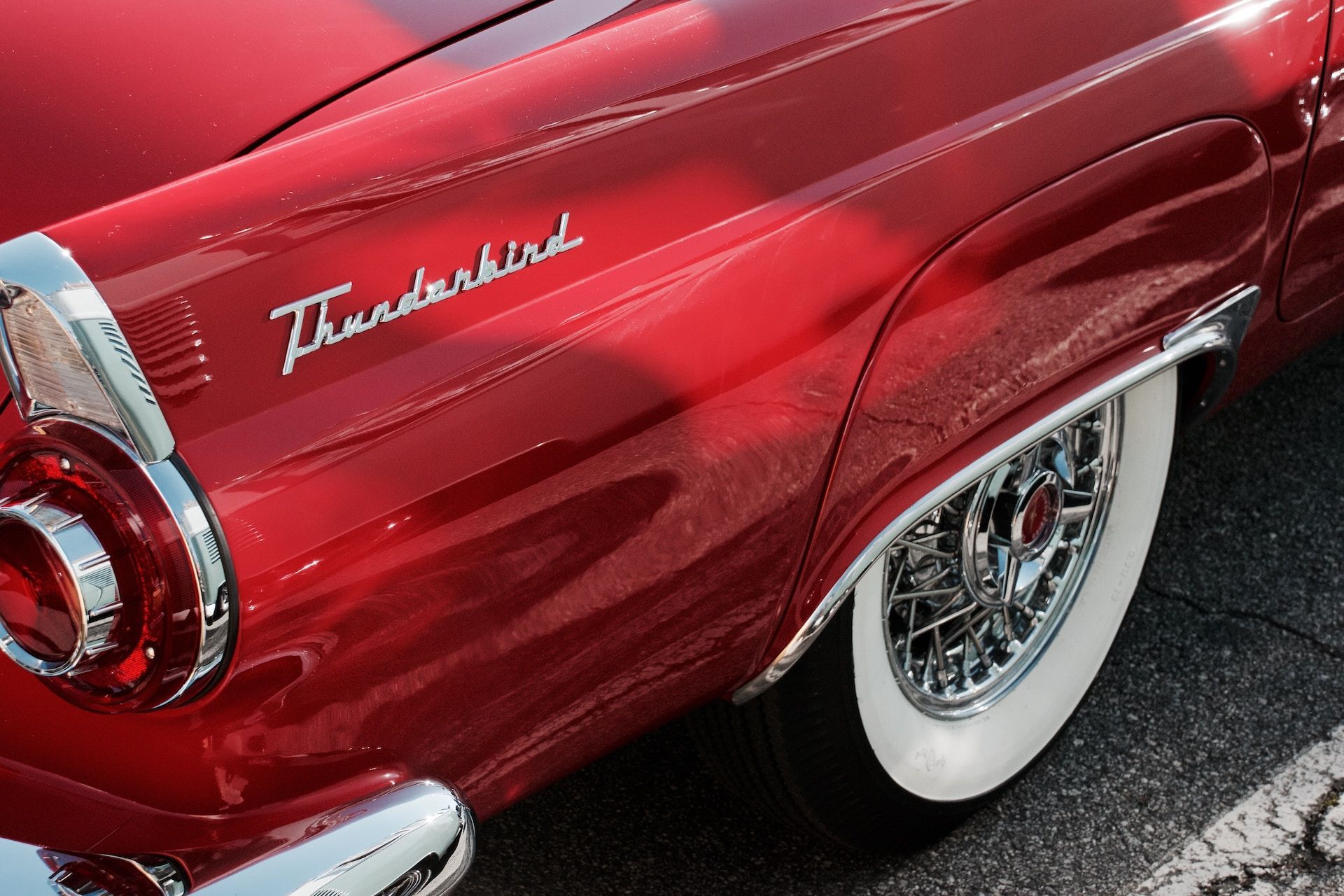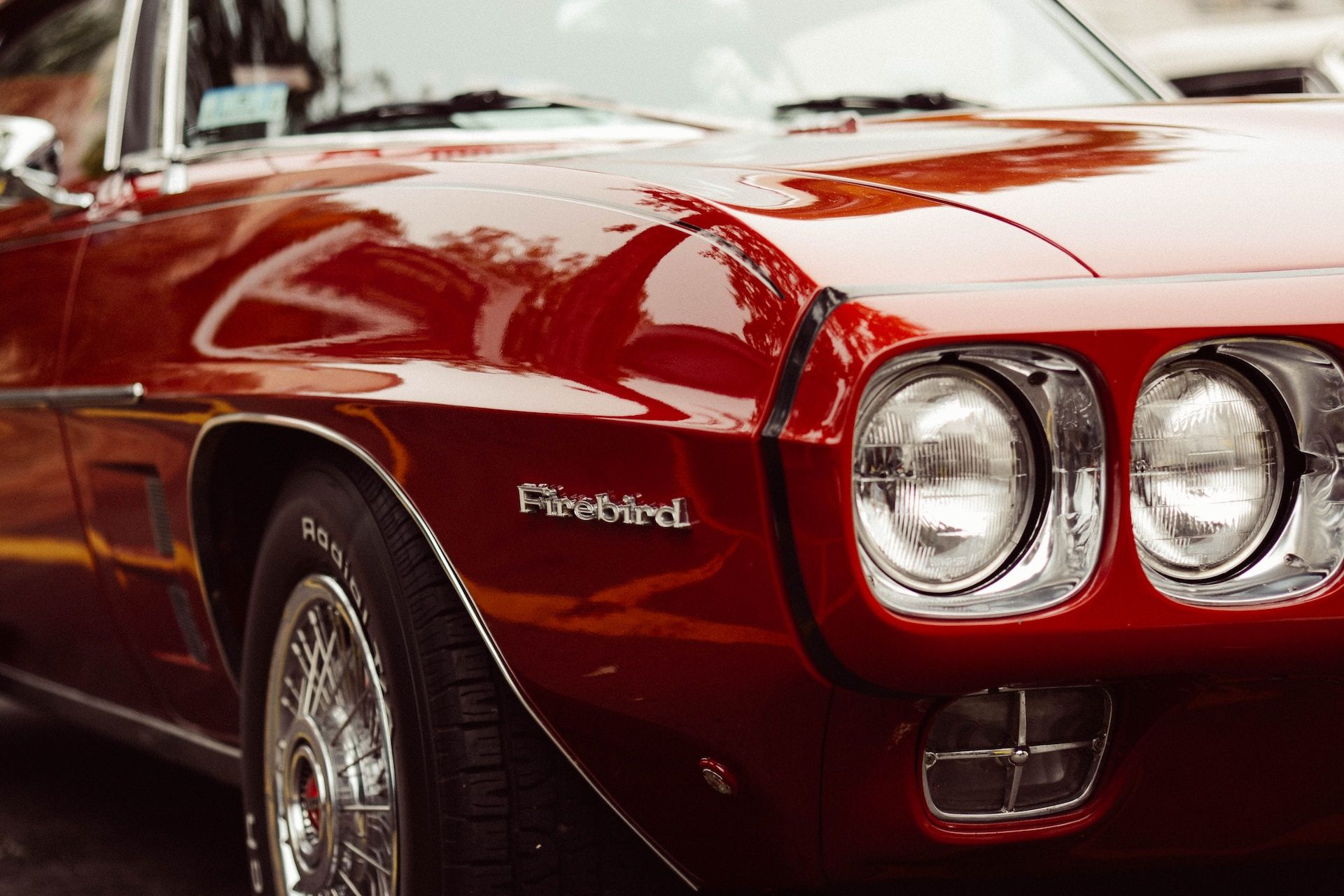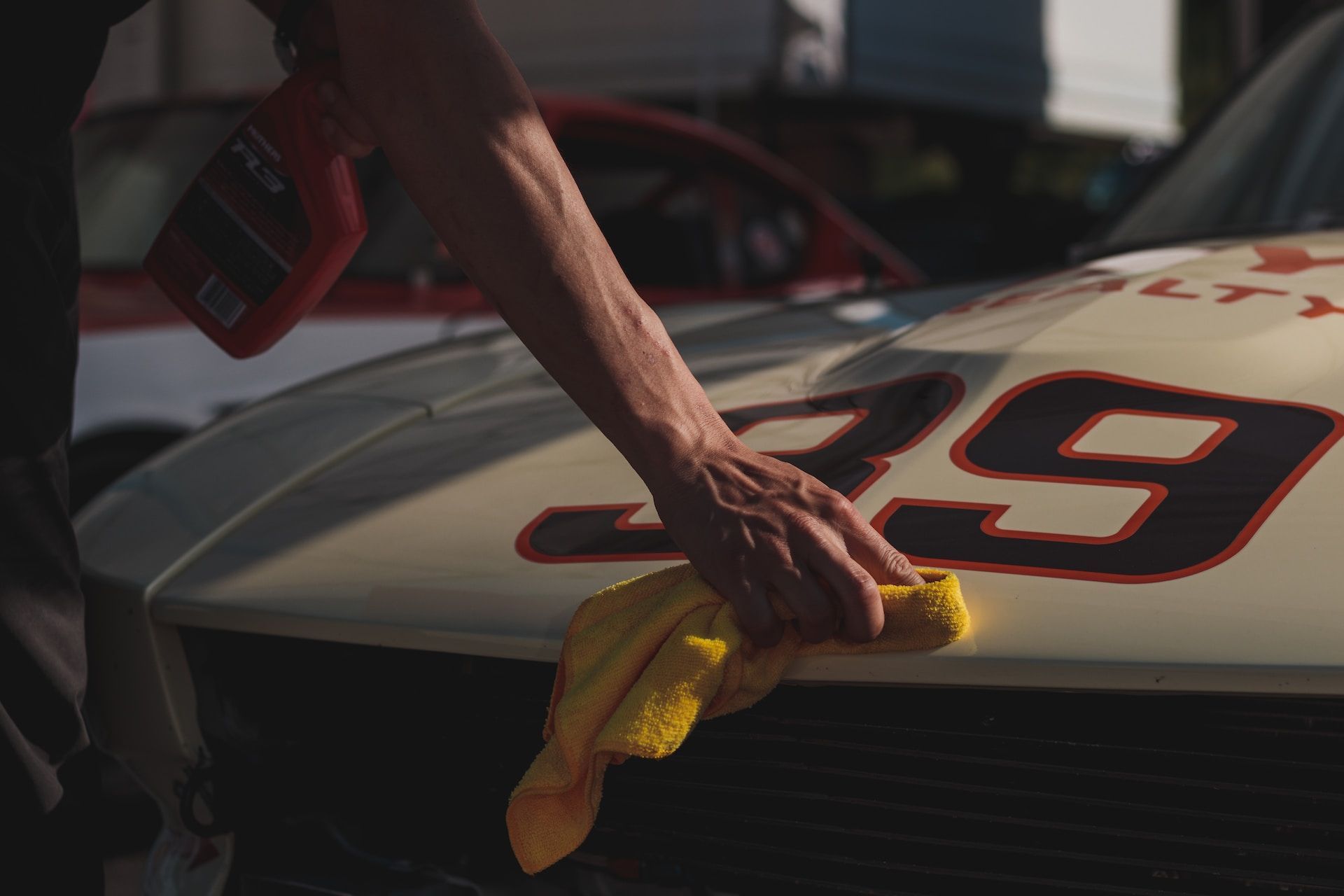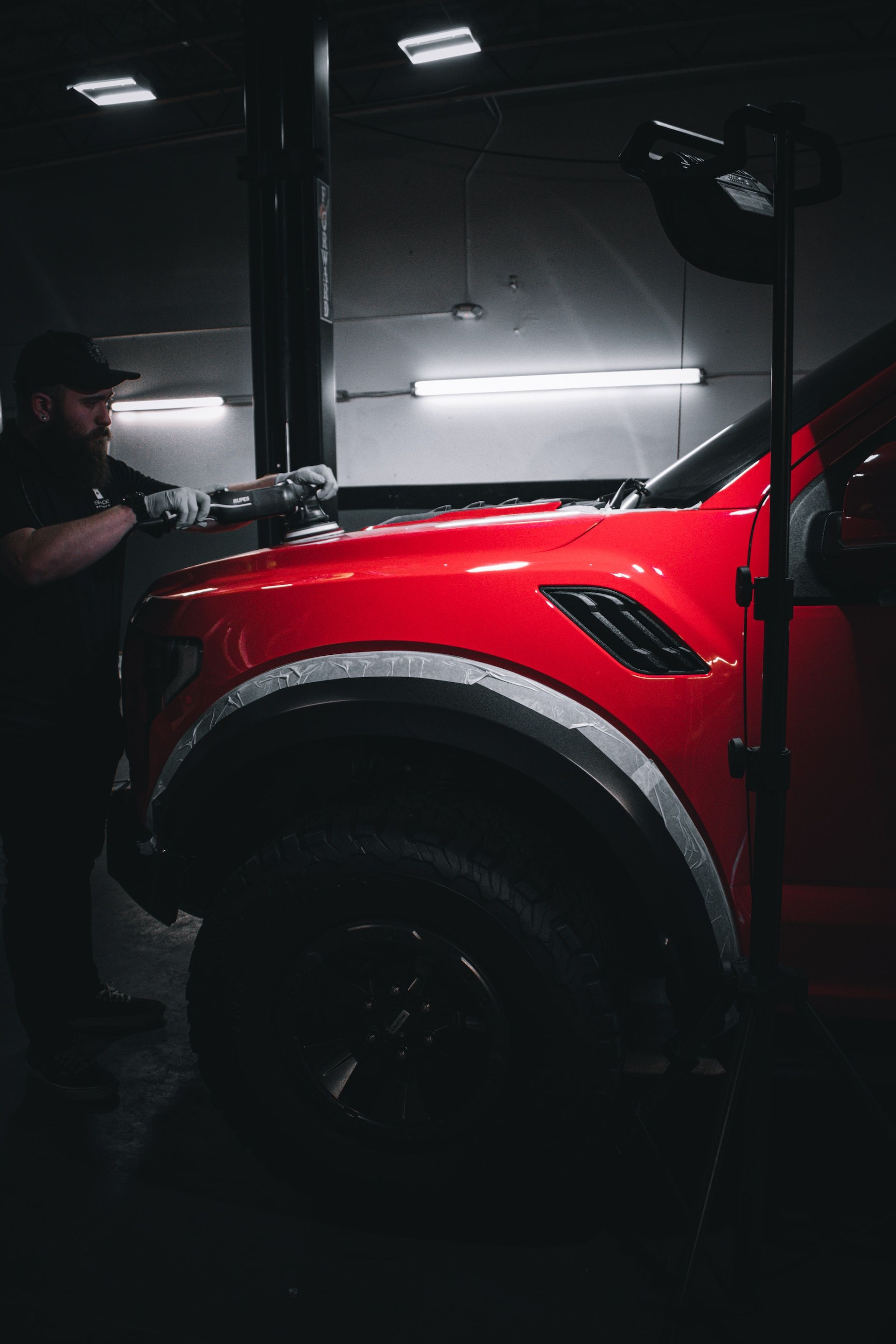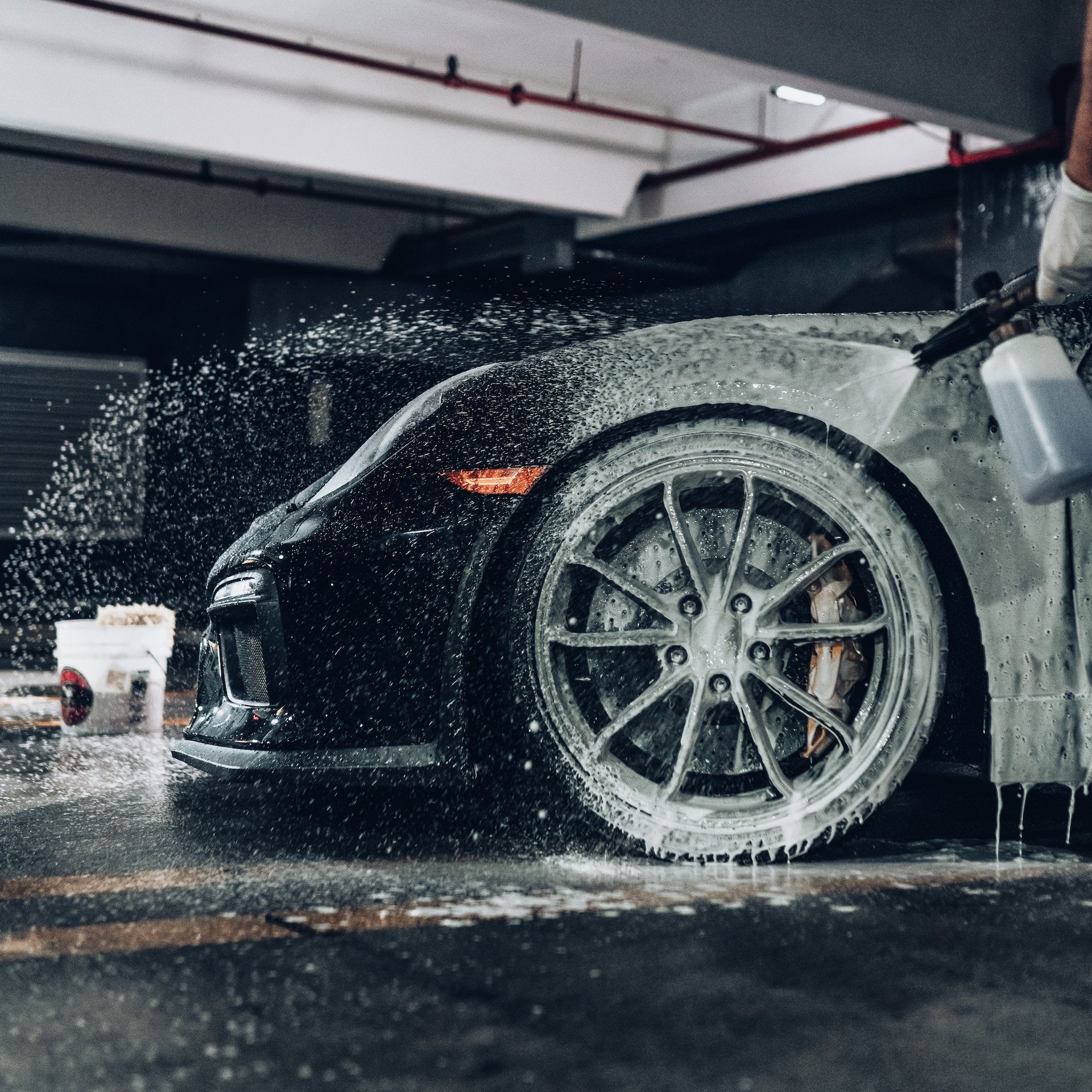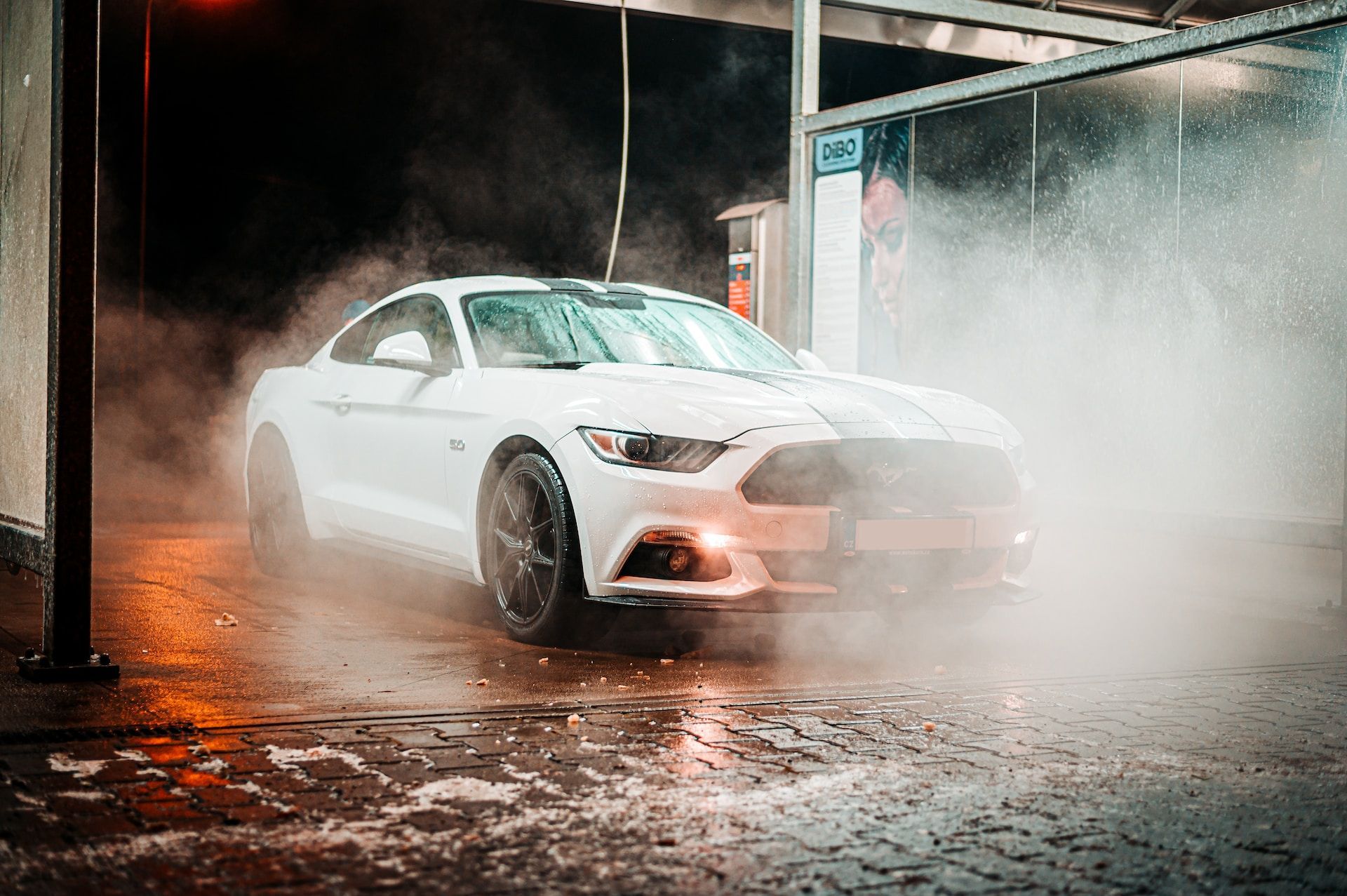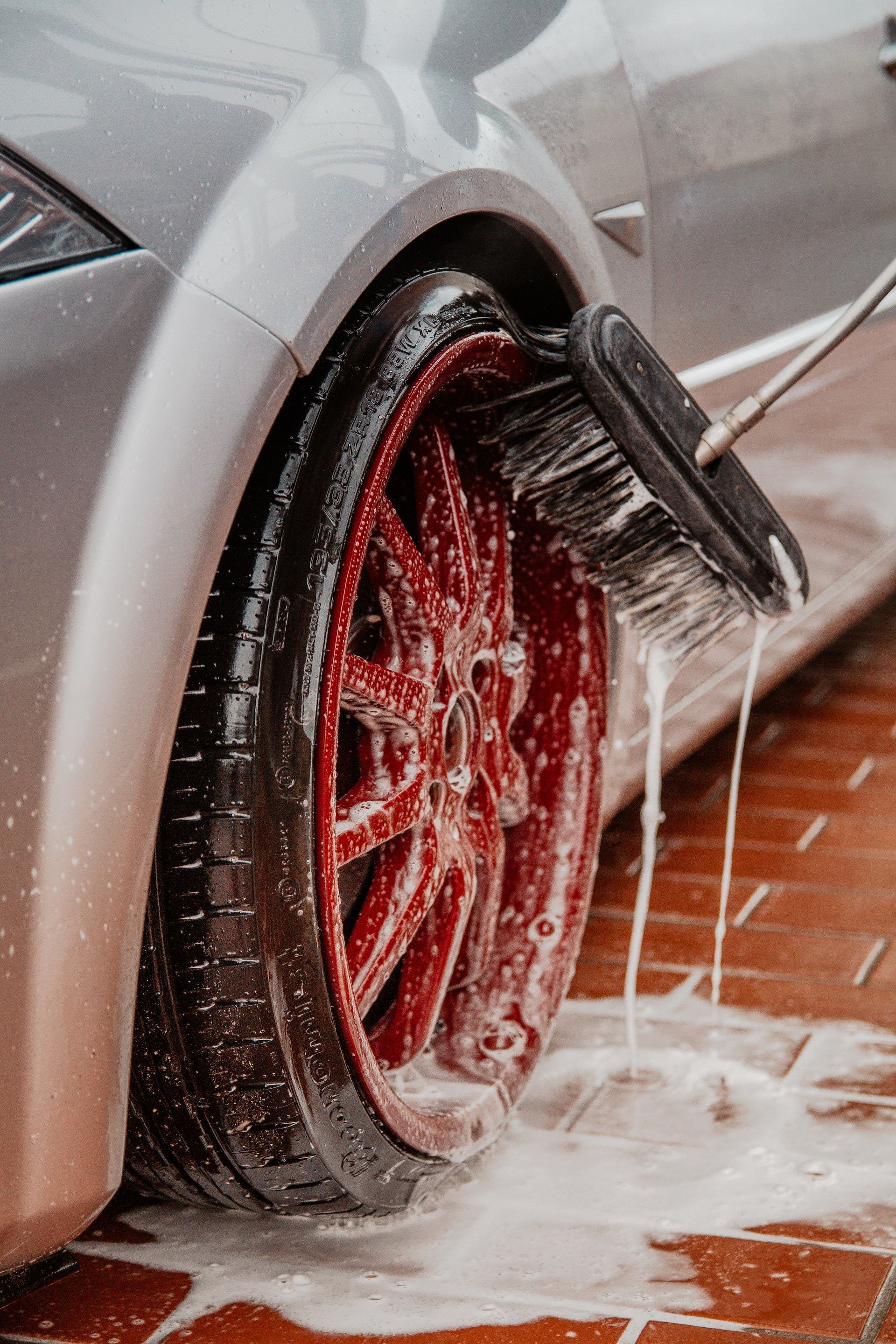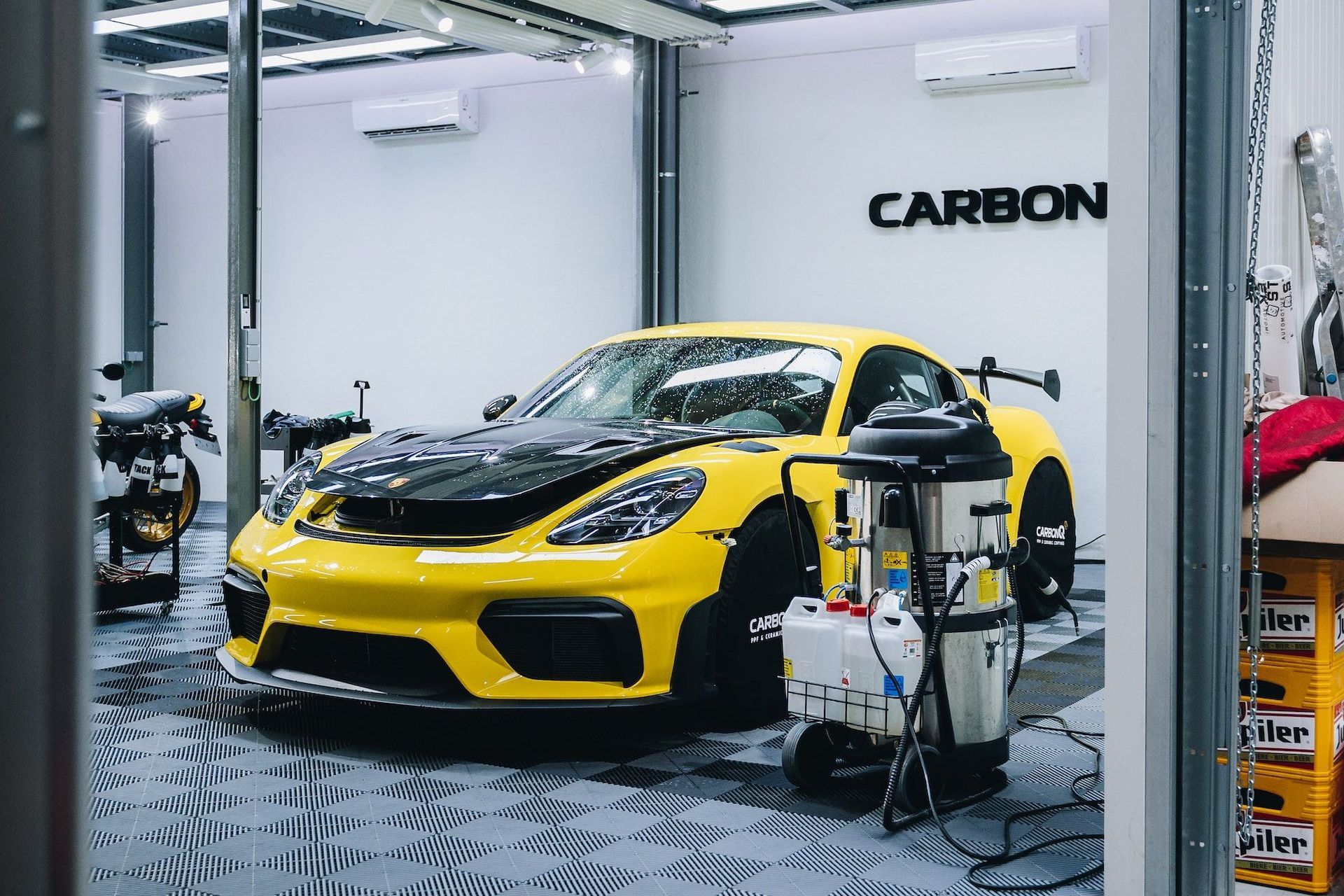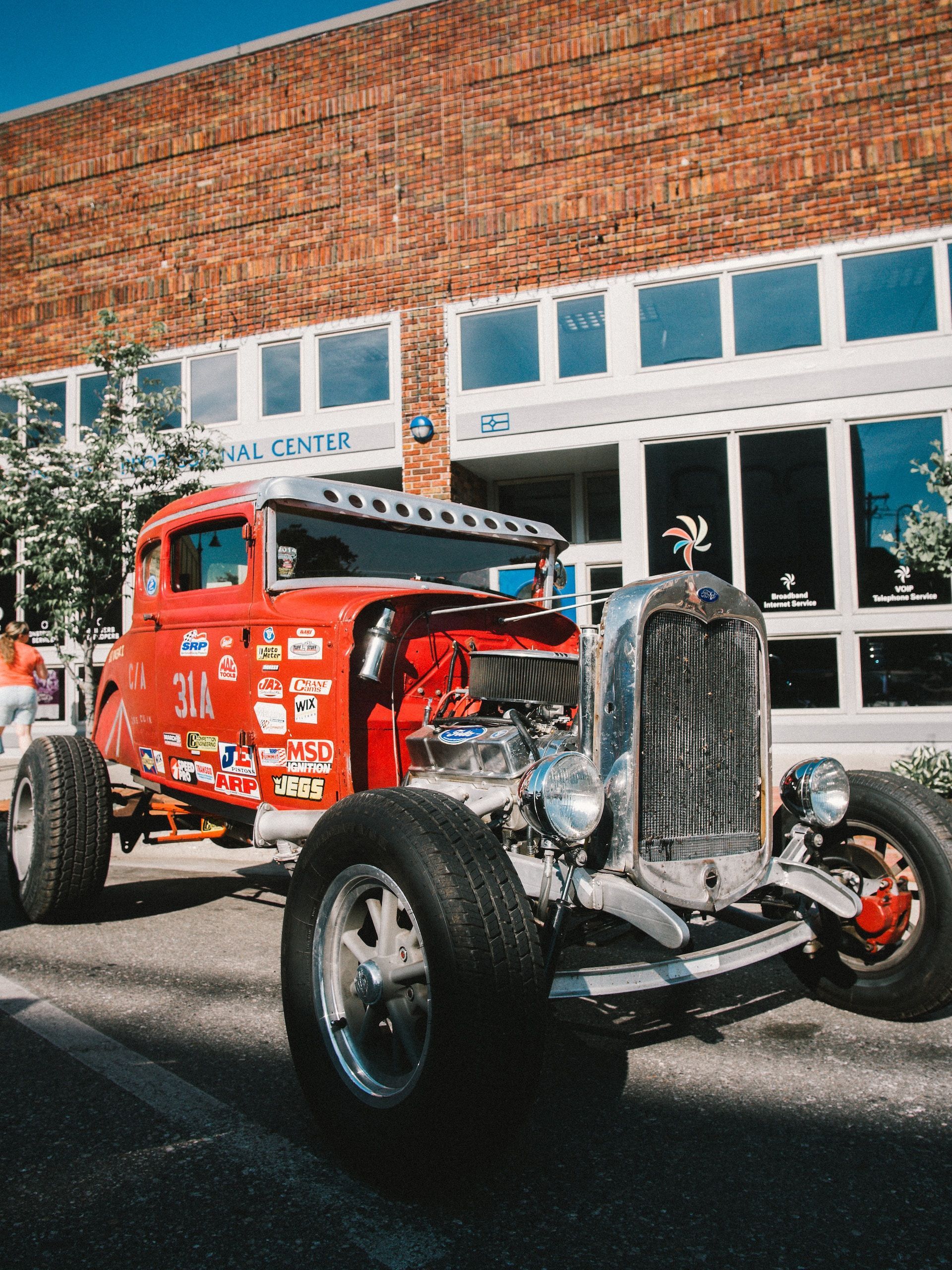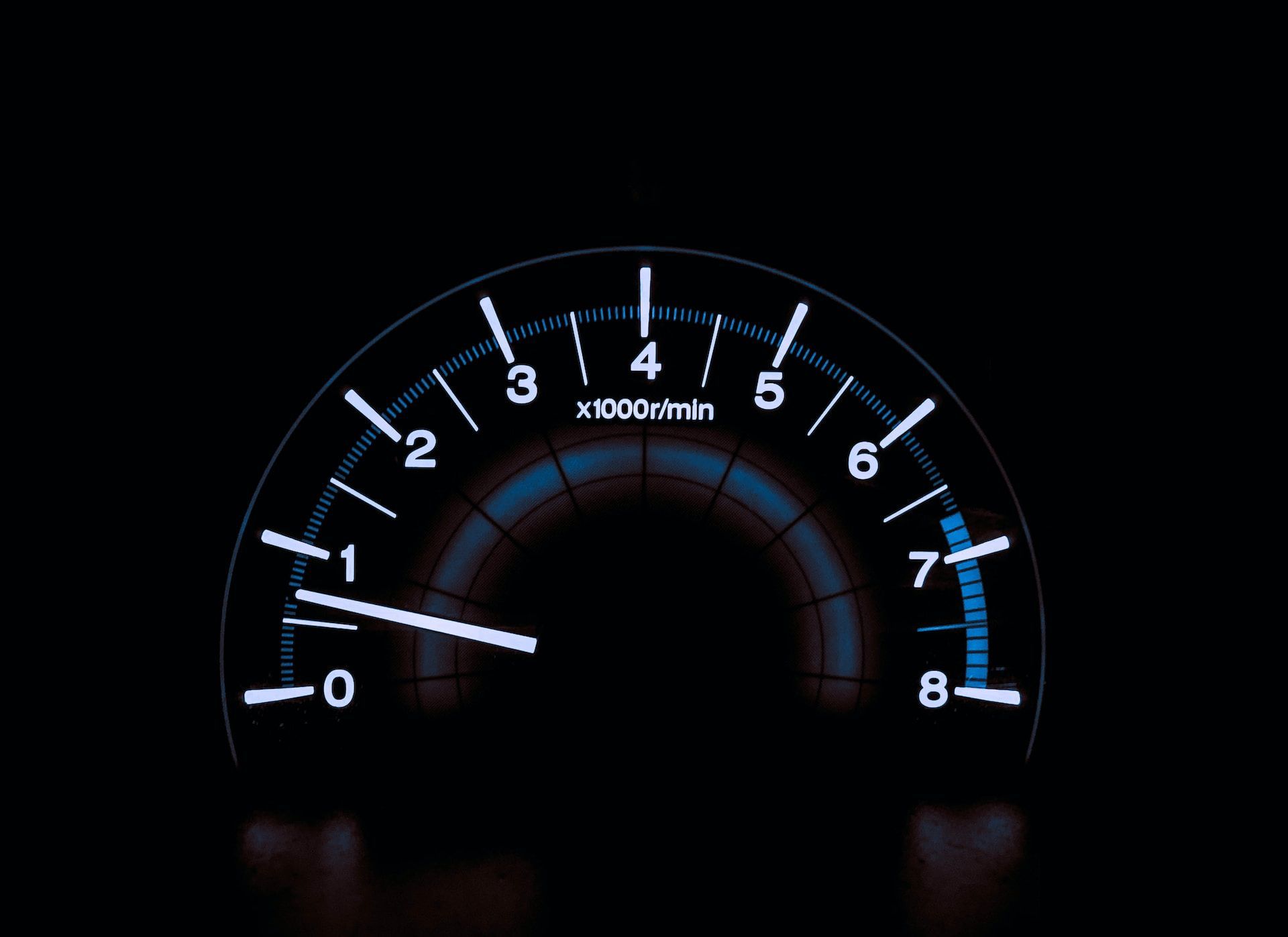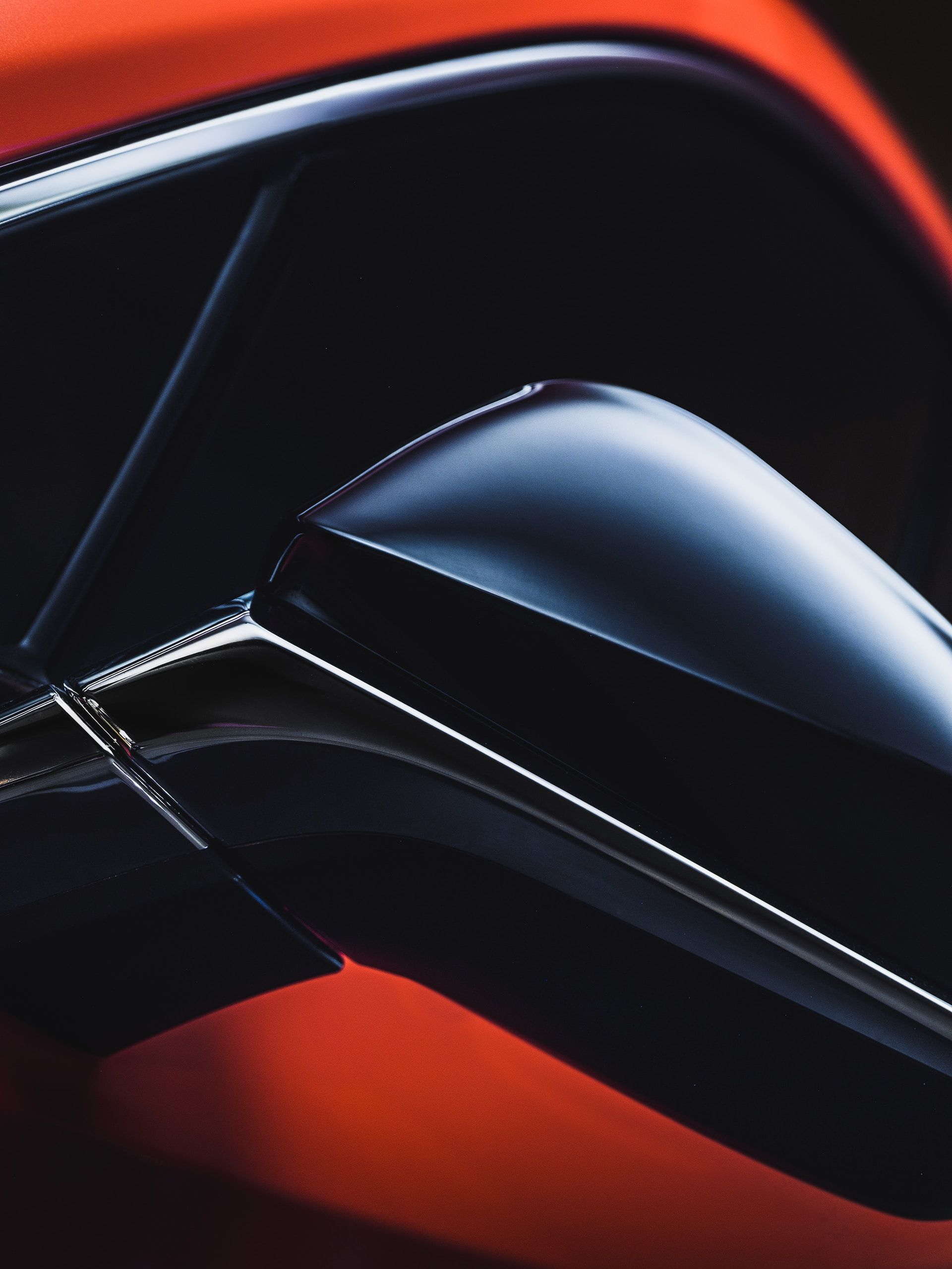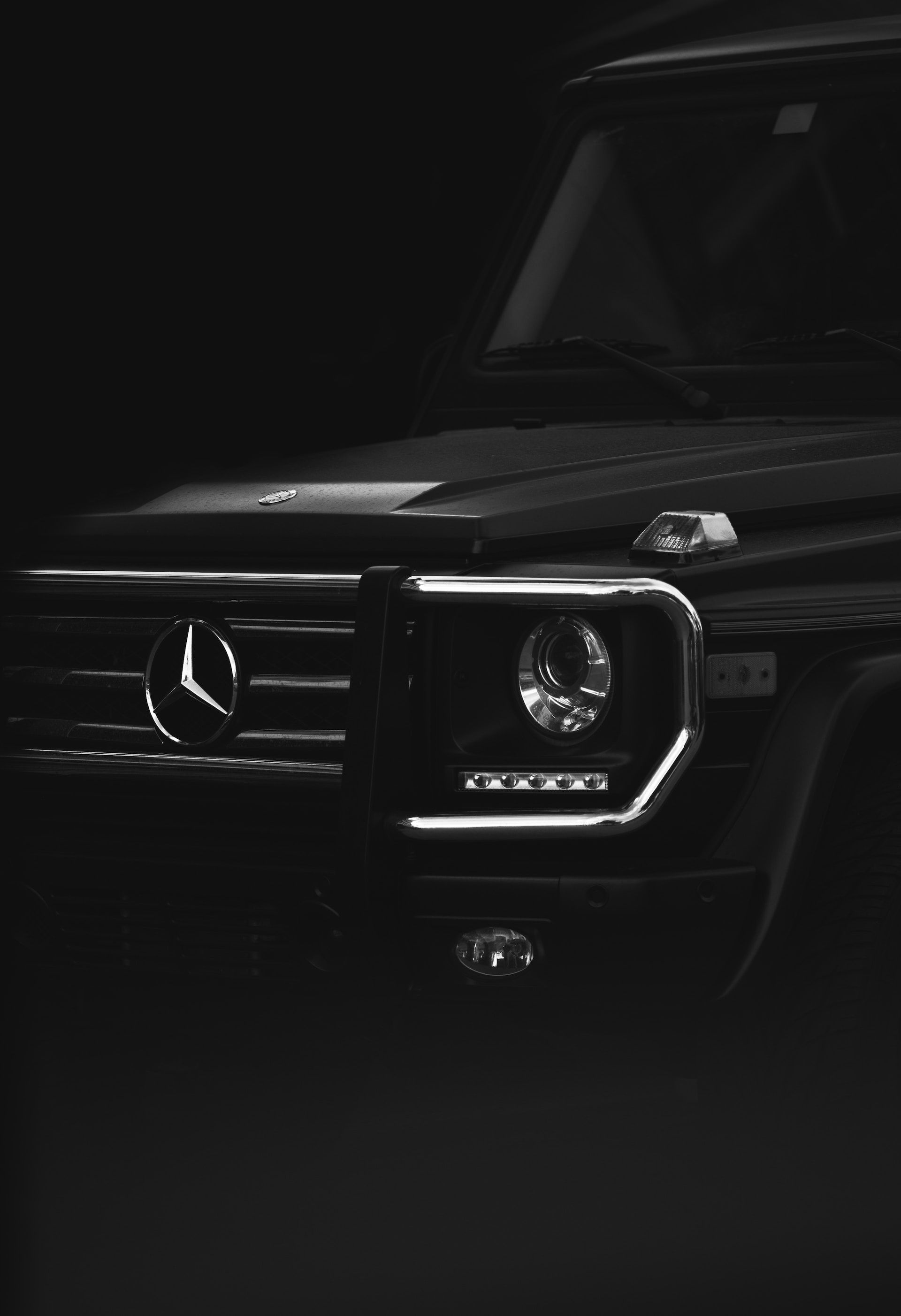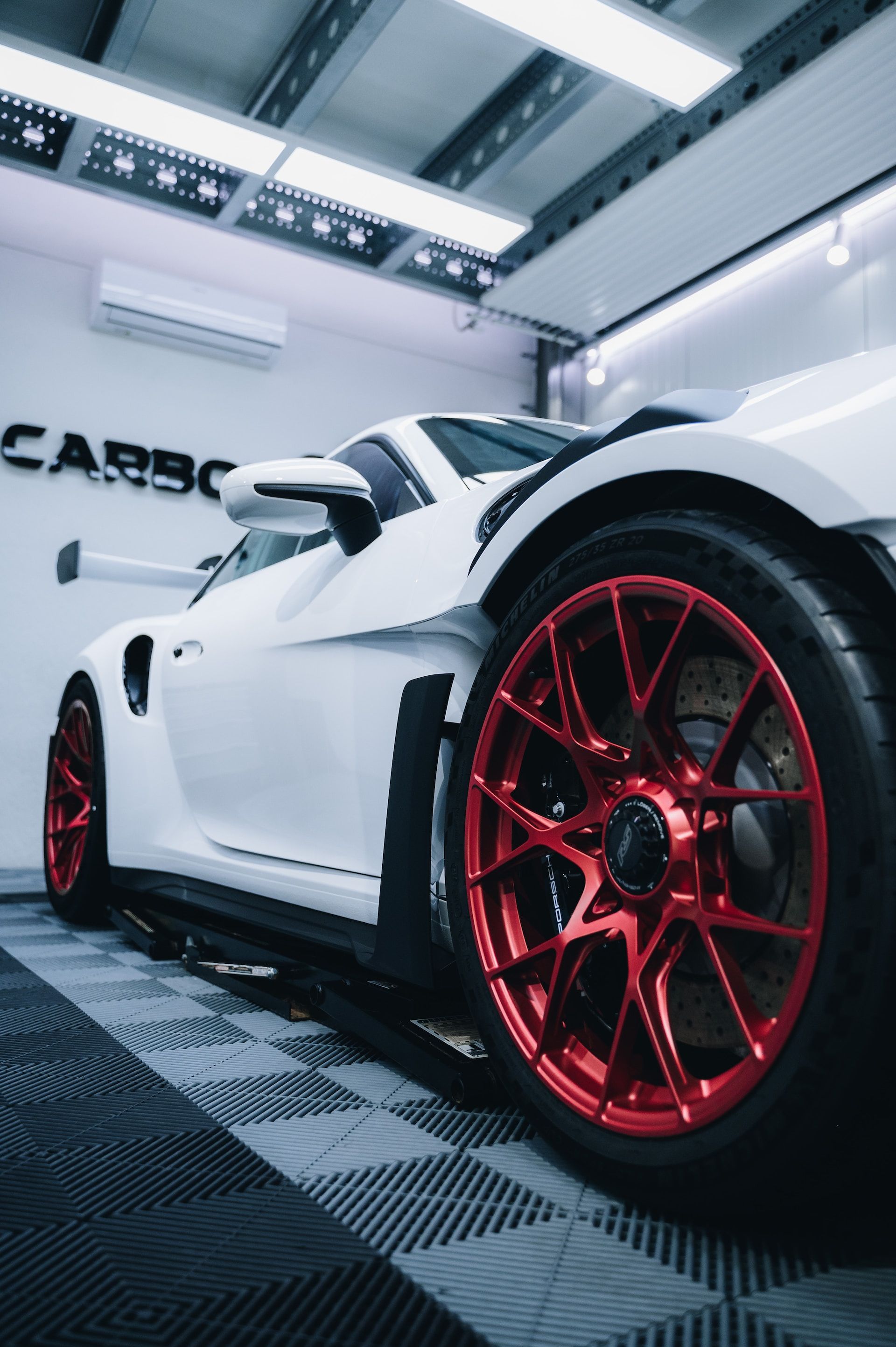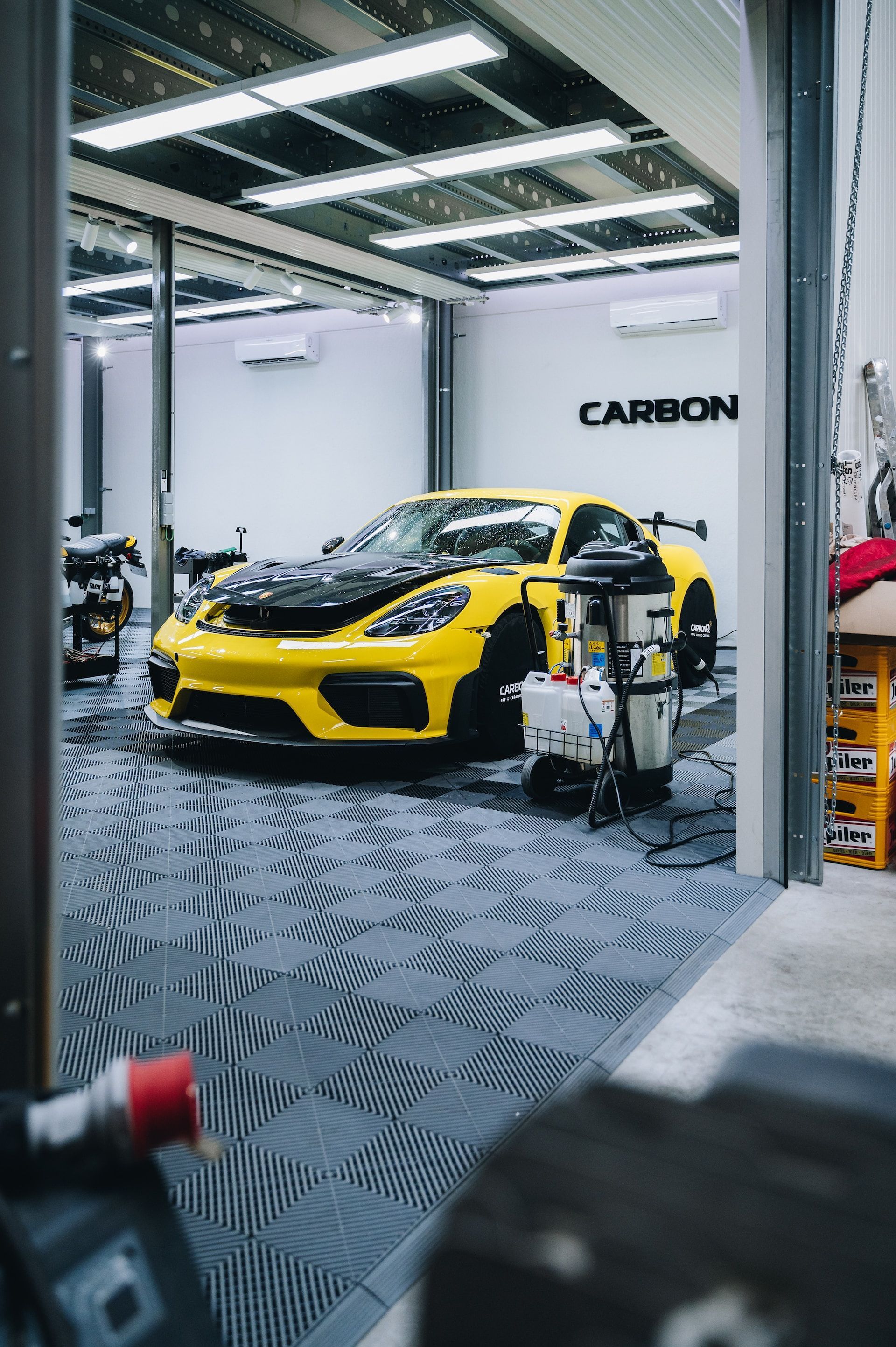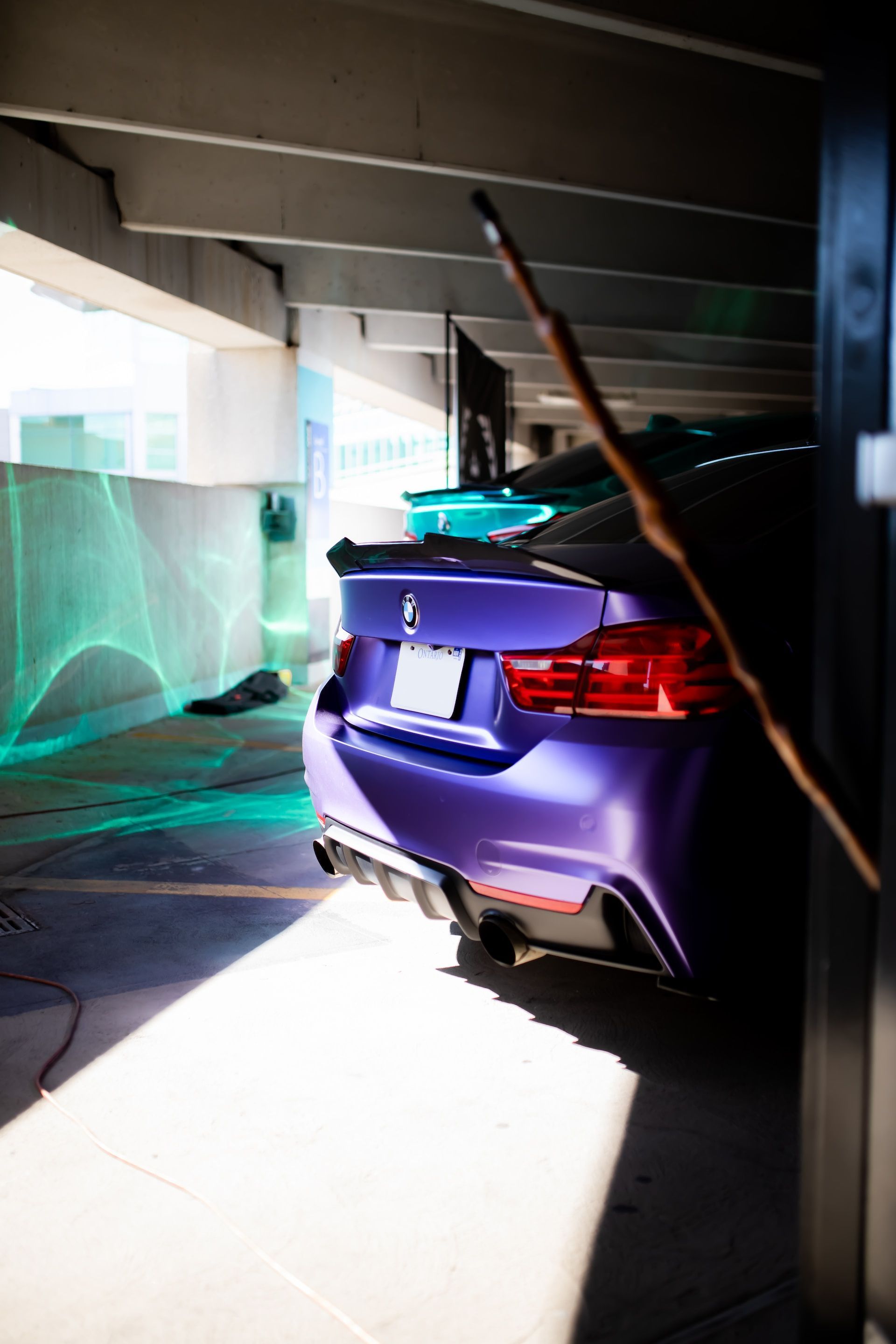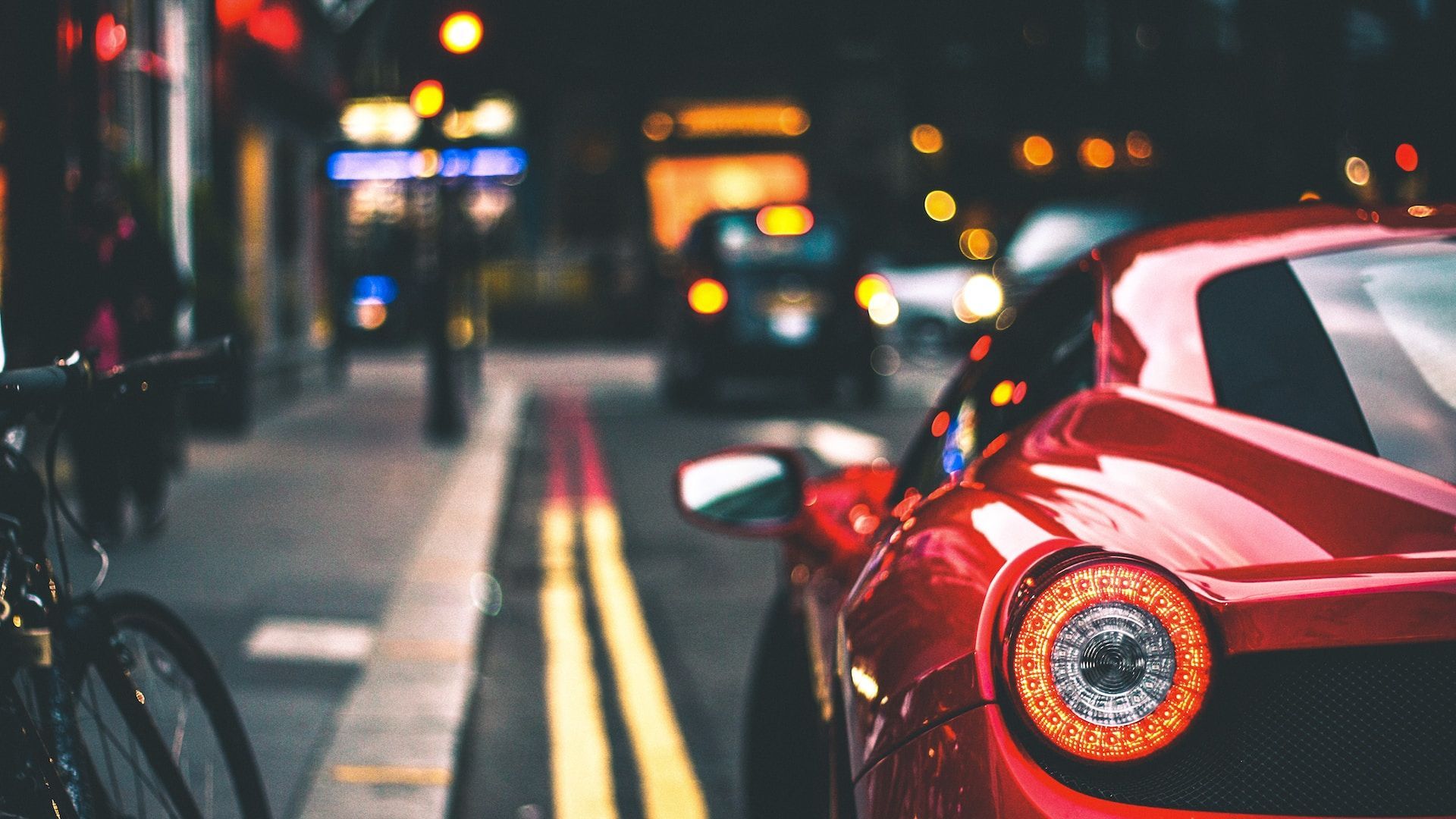Mastering Multi-Stage Paint Correction: Elevate Vehicle Shine
Defining the Multi Stage Paint Correction
Multi-stage paint correction is a process used by experts in the automotive industry to restore vehicles to their original, factory-new condition. This process is an advanced technique used to correct various types of paint defects, including swirl marks, scratches, water spots, and oxidation. The term "multi-stage" refers to the fact that this process involves multiple steps.
Each stage is designed to address specific issues with the vehicle's paint job. This method ensures that every detail of your car's paint is restored and free from any visible imperfections.
The Importance of Paint Correction for Vehicle Maintenance
Your vehicle's appearance says a lot about you as an owner. A well-maintained car reflects your personality and how much you value your investment.
Unfortunately, no matter how cautious you are as a driver or how often you wash your car, over time, elements such as dirt and UV radiations can damage the car's exterior and ruin its appearance. Paint correction not only restores the vehicle's appearance but also protects it from further damage.
By removing scratches and swirls marks on your vehicle's paint surface through multi-stage techniques, you are facilitating an easier cleaning process in future. This means that maintaining its new look will be less challenging than before.
Learn more about: The best paint correction products...
An Overview of The Process
The multi-stage paint correction process typically involves three stages: compounding, polishing, and finishing. The compounding stage removes all the significant imperfections on the vehicle’s surface like deep scratches or heavy swirl marks by using an abrasive compound combined with a machine applicator. Polishing follows next during which fine abrasives are used to remove minor defects left behind by compounds while restoring shine in preparation for final finishing stage.
comes finishing where products like sealants or waxes are applied leaving behind a high-gloss surface that is protected from future damage and enhanced durability. Now that you’ve gained an overview of the process, let's dive into each stage separately to understand how it works in more detail.
Learn more about: Paint correction and scratches...
First Stage: Compounding
Explanation of Compounding: A Deep Dive into the First Step of Paint Correction
When it comes to restoring and rejuvenating a vehicle's paint job, compounding is often the first step in a multi-stage paint correction process. Compounding refers to the process of using an abrasive compound to remove deep scratches, swirl marks, and other imperfections from a car's paint.
This step can be especially beneficial for older vehicles that have suffered years of wear and tear. During the compounding process, an abrasive compound is applied to the surface of the vehicle's paint job using a rotary buffer or dual-action polisher.
The compound works by removing a small layer of clearcoat from the surface of the car. This process can be effective in restoring deep scratches or other types of damage that cannot be fixed through polishing alone.
Learn more about: Paint correction and rock chips...
Types of Compounds and Their Uses: Choosing the Right Product for Your Vehicle
There are many different types of compounds available on the market, each with its own set of strengths and weaknesses. It's essential to choose the right type of compound for your vehicle based on its condition and your desired results.
Some compounds are designed specifically for use on softer paints, while others are better suited for harder paints. Additionally, some compounds are more aggressive than others, making them better suited for removing deeper scratches or more severe imperfections.
When selecting a compound, it's important to read reviews carefully and look for products that have been specifically formulated for use on automotive paint jobs. Some popular brands include Meguiar's Ultimate Compound or Menzerna Heavy Cut Compound 400.
Learn more about: How long paint protection takes...
Techniques for Using a Compound: Tips for Achieving Professional Results
Using an abrasive compound can be tricky if you've never done it before. Here are some tips to ensure you get professional results:
- Start with a clean surface: Before applying the compound, it's essential to thoroughly wash and dry your vehicle to remove any dirt or debris that could be trapped under the pad of your buffer.
- Work in small sections: When using a buffer, it's important to work in small, manageable sections. This will ensure that you're able to distribute the compound evenly and avoid burning through the clear coat.
- Use the right pressure: It's important not to press too hard when using a buffer as this can damage the paint job. Instead, use a light touch and let the tool do the work for you.
- Clean up properly: After compounding, wipe down the surface of your vehicle with a microfiber towel and inspect for any remaining scratches or imperfections.
If necessary, repeat the process until you achieve your desired results. Following these tips will help ensure that you achieve professional results when using an abrasive compound during a multi-stage paint correction process.
Learn more about: If paint protection is worth it...
Second Stage: Polishing
Explanation of Polishing
After compounding, the next stage in multi-stage paint correction is polishing. The purpose of polishing is to refine the surface and remove any remaining defects left from compounding.
While compounds are abrasive, polishes are less aggressive and are designed to create a smooth and glossy finish. Polishing can remove light scratches, swirl marks, water spots, and oxidation.
It's important to note that different types of polishes have varying degrees of abrasiveness. Some polishes contain diminishing abrasives that break down as they're used while others have no abrasives at all.
Learn more about: Mobile paint correction...
Types of Polishes and Their Uses
There are two main types of polishes: finishing polish and one-step polish. Finishing polish is less abrasive than one-step polish and is used for refining the surface after using a compound. Its purpose is to remove any haze or micro-marring left behind by compounding.
One-step polish combines compound and finishing polish into one product. It's designed for vehicles with minor paint defects that can be corrected in one step without requiring multiple applications or products.
It's essential to choose the appropriate type of polish for the specific needs of your vehicle’s paint job. Every vehicle has a unique paint type with varying levels of hardness which may determine which type of product will be most effective in achieving desired results.
Learn more about: The comprehensive guide to paint correction...
Techniques for Using a Polish
The technique for polishing varies depending on whether it's done by hand or machine application. When applying by hand, use a foam applicator pad with moderate pressure and circular motions until you achieve an even coverage over the painted surface area being polished. For machine application, use dual-action or rotary machines with proper attachments such as foam pads based on your selected product type.
Ensure you follow manufacturer instructions when using machines since they can be very powerful and can cause damage to the paint job if not used correctly. One technique is to start with a less aggressive polish to see if it achieves the desired results.
If not, you can then move up to a more aggressive polish product. It's also suggested that you work in small sections for best results and avoid overworking the product which may result in overheating of the surface and damage.
Polishing is a vital part of multi-stage paint correction process for creating smooth and glossy finish. As mentioned, choosing proper products and using correct methods are key factors in achieving desired results.
Learn more about: A 4 step paint correction...
Third Stage: Finishing
Now that we have completed compounding and polishing, it's time to move on to the third and final stage of multi-stage paint correction: finishing. The goal of this stage is to create a high-gloss finish that enhances the shine and depth of your vehicle's paint.
Explanation of Finishing
In this stage, we use a finishing product specifically designed to remove any remaining minor defects in the paint job while enhancing its overall appearance. The product used is typically a fine polish or glaze that contains lubricants and oils to provide a smooth application process.
Unlike the previous two stages, finishing requires minimal pressure and heat from your tools as it is meant to refine rather than correct any surface issues. We are looking for a perfect finish with maximum clarity at this point.
Types of Finishing Products and Their Uses
Finishing products come in different forms such as liquids, creams, or sprays where each form has its own set of advantages in terms of application technique or speed. The most common type is a liquid-based finishing product.
It usually contains diminishing abrasives that break down into smaller particles as they are worked into the surface to refine it further. A cream-based product uses micro-abrasive technology which also breaks down while working on the surface but provides better control over how much abrasion is applied at any given moment.
Techniques for Using a Finishing Product
The techniques for applying finishing products are quite similar across all forms. You can apply it with an orbital polisher using black foam pads or microfiber towels by hand depending on your preference.
A recommended process includes saturating your applicator pad with the least possible amount of compound before applying it to the surface and spreading it evenly. Once the product is applied, use a microfiber towel to wipe off the product in a circular motion.
Remember that less is more when using finishing products. Applying too much product or pressure can cause holograms or swirl marks to appear, which we aim to eliminate throughout these stages.
Finishing is the last step of the multi-stage paint correction process, but it's not the end of our maintenance journey! To keep your newly polished paint looking its best, make sure you take good care of your vehicle by washing it regularly and protecting the surface from environmental elements that could harm your investment.
Learn more about: The 3 step paint correction...
Conclusion
Summary of the Multi-Stage Paint Correction Process
Multi-stage paint correction is a process that involves three different stages: compounding, polishing, and finishing. Each of these stages serves a specific purpose in restoring the appearance of your vehicle's paint job. Compounding removes heavy scratches and imperfections, polishing refines the surface further, and finishing products enhance the shine and protection of the newly corrected surface.
It's important to note that this process requires skill and expertise to achieve optimal results. A professional detailer will be able to properly assess your vehicle's needs and apply each stage with care and precision.
Learn more about: The one step paint protection...
Benefits and Importance of Multi-Stage Paint Correction
The benefits of multi-stage paint correction are numerous. Not only does it restore your car's appearance to its original beauty, but it also provides long-lasting protection against environmental factors such as UV rays, bird droppings, tree sap, and more. In addition to protecting your car's exterior, multi-stage paint correction can also increase its resale value.
A well-maintained vehicle with a flawless paint job is much more attractive to potential buyers than one with scratches or swirl marks. Ultimately, investing in multi-stage paint correction can save you money in the long run by preventing further damage that could lead to costly repairs or even a full repaint.
Learn more about: The two step paint correction...
Tips on Maintaining the Newly Corrected Paint Job
After investing time and money into correcting your car's paint job, you'll want to maintain its pristine appearance for as long as possible. Here are some tips for doing so:
- Wash your car regularly using a pH-neutral soap.
- Avoid using automatic car washes that use abrasive brushes or harsh chemicals.
- Dry your car thoroughly after washing it to prevent water spots.
- Use high-quality detailing products when applying wax or other protective coatings.
- Park your car in a shaded area to prevent UV damage.
- Avoid parking under trees or near bird nests to prevent bird droppings from damaging the paint. By following these tips and maintaining a regular detailing schedule, you can enjoy the benefits of your newly corrected paint job for years to come.
Overall, multi-stage paint correction is a valuable investment for any car owner looking to maintain the appearance and value of their vehicle. By understanding the process and properly maintaining your car's exterior, you can enjoy a flawless finish that turns heads on the road.
There's plenty more to learn about protecting your vehicles paint. Be sure to check out our other posts:
- Paint correction prices unmasked
- Blemished to beautiful
- What is paint correction
- Paint correction cost
- Perfecting your car's finish
Scottsdale Auto Detailing Blog
A Mobile Car Detailer in Scottsdale
drop us a line for a personalized car detailing plan
Services
We provide detailing in:
Scottsdale, Paradise Valley, Phoenix, Tempe, Mesa, Chandler, Glendale & Gilbert
All Rights Reserved | Privacy Policy | Conditions of Use
